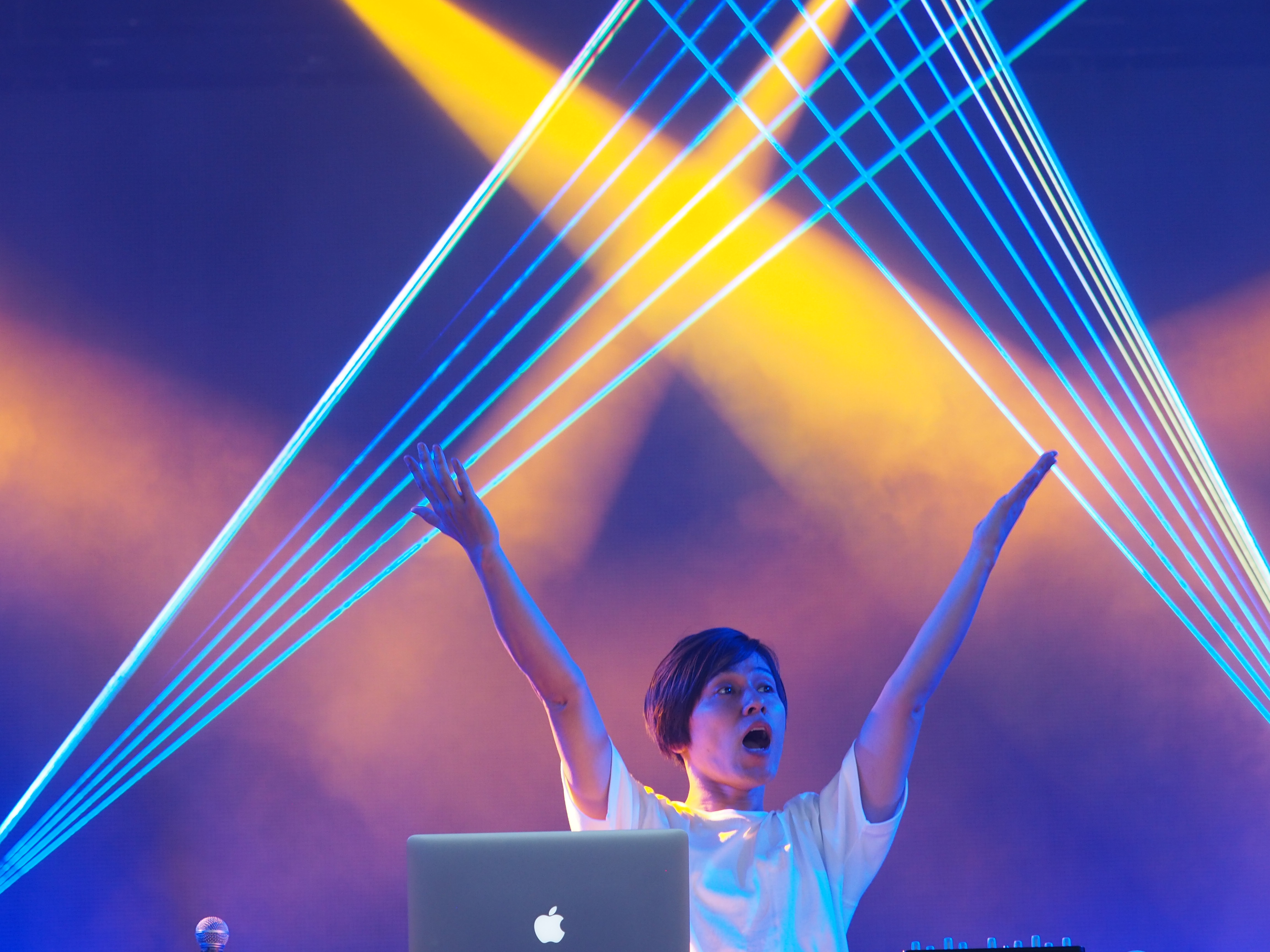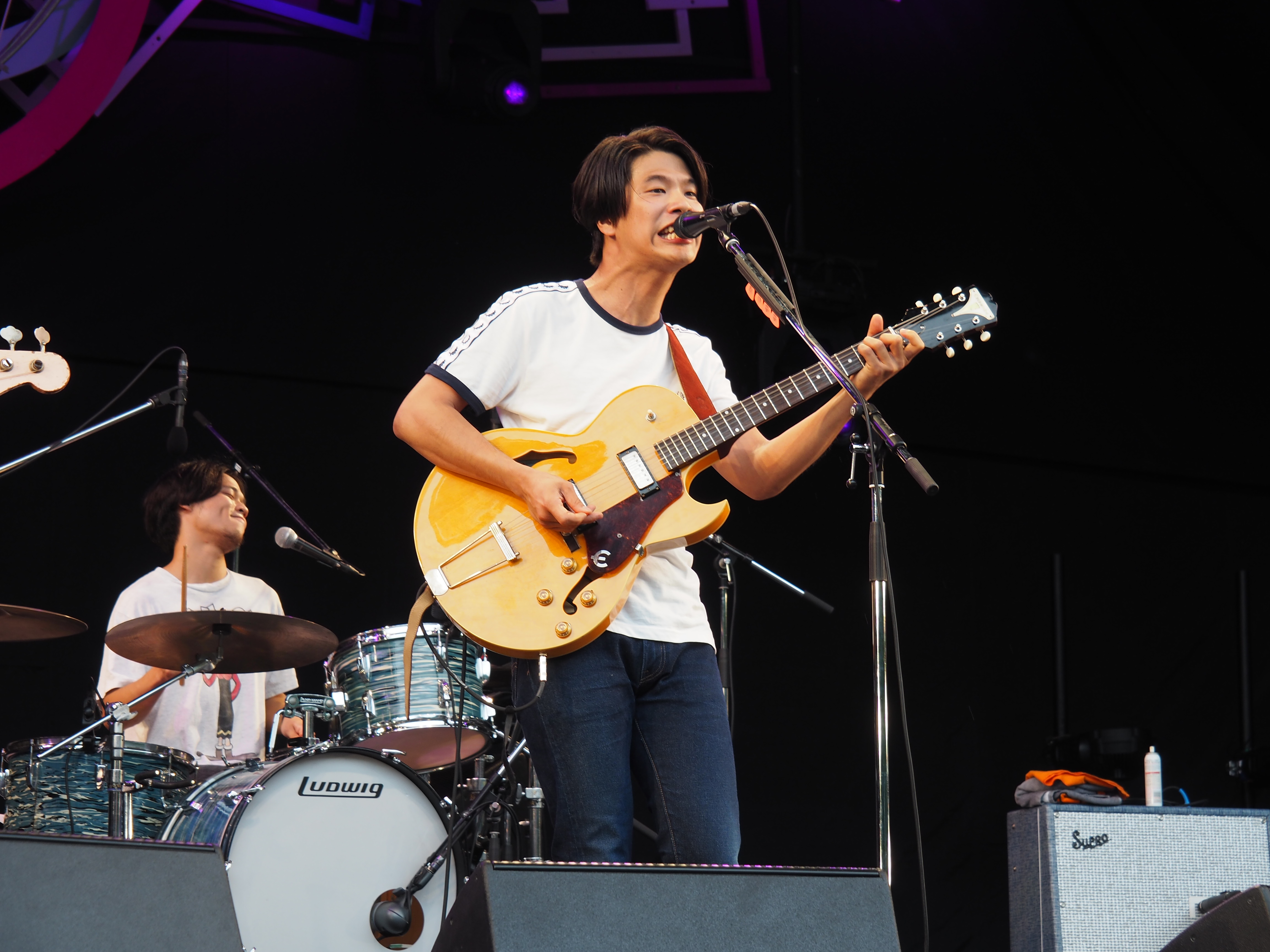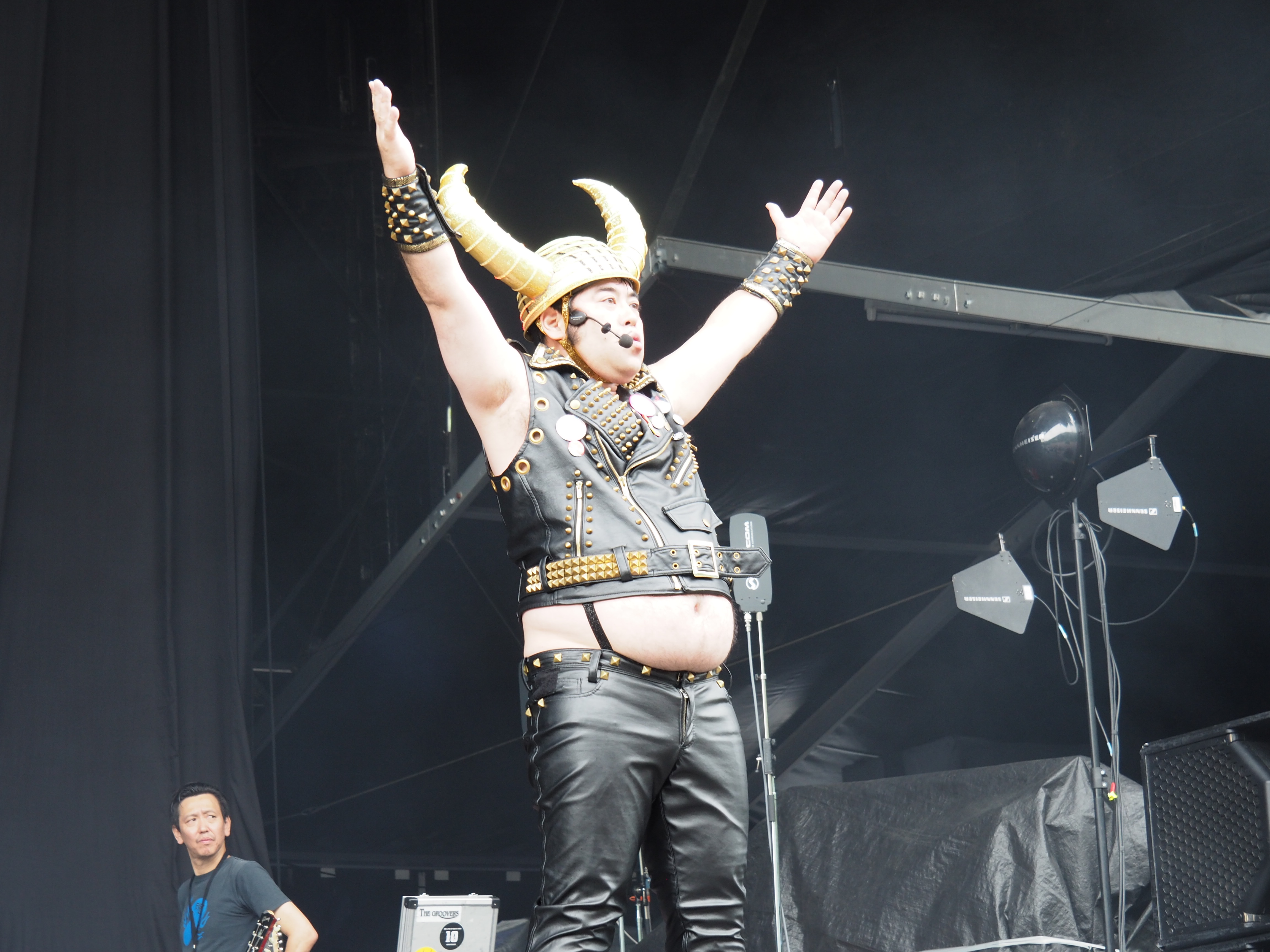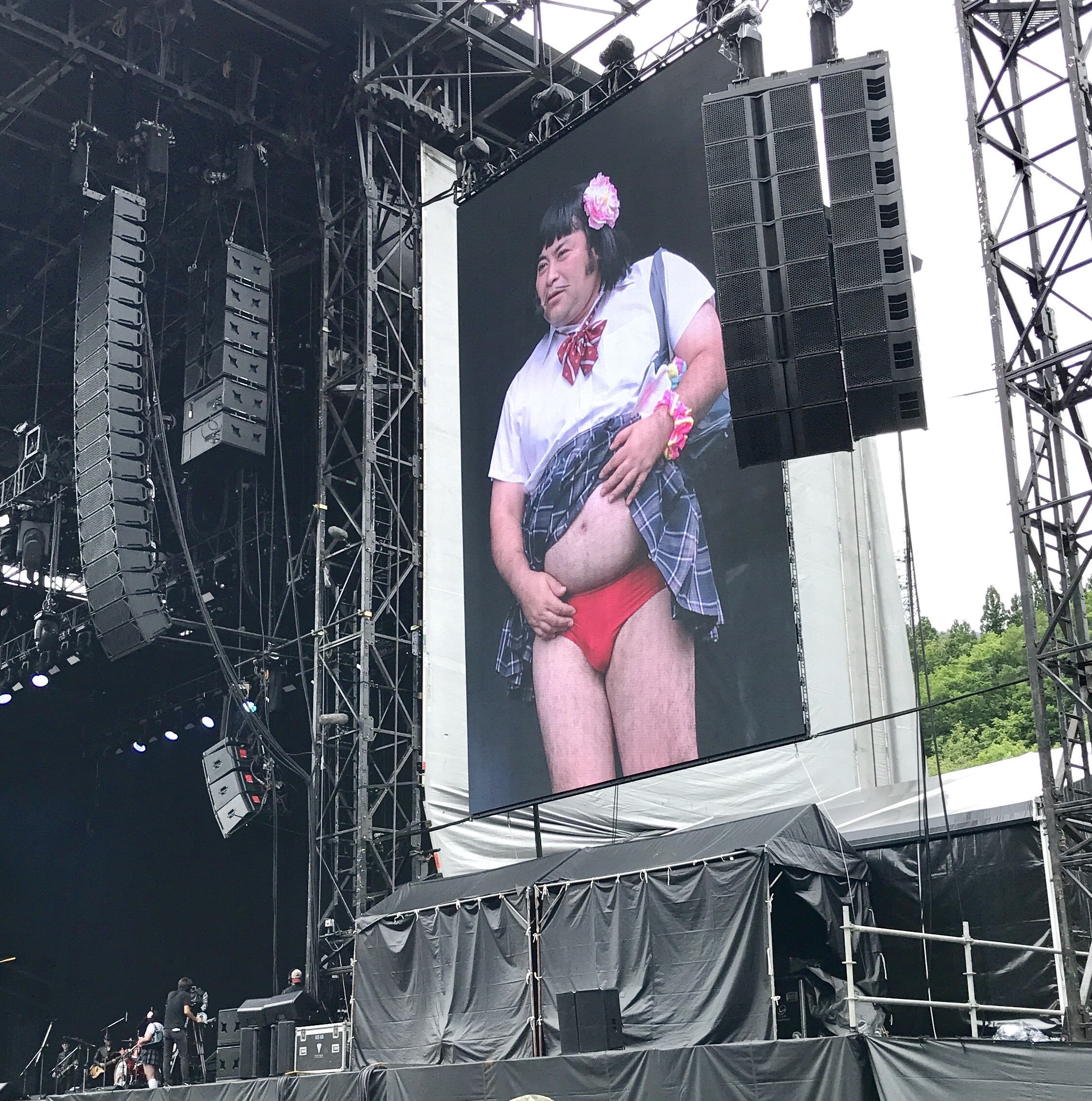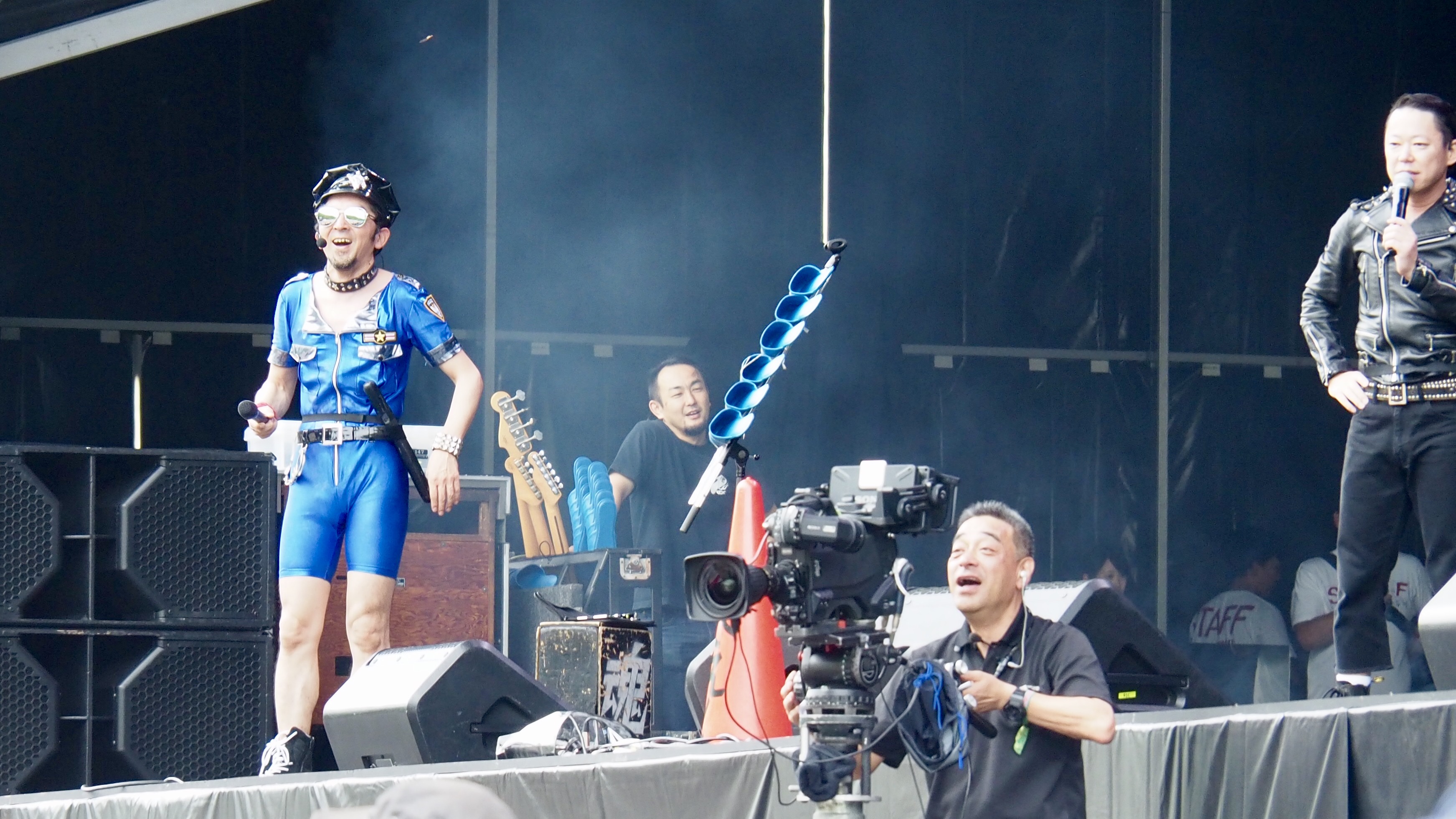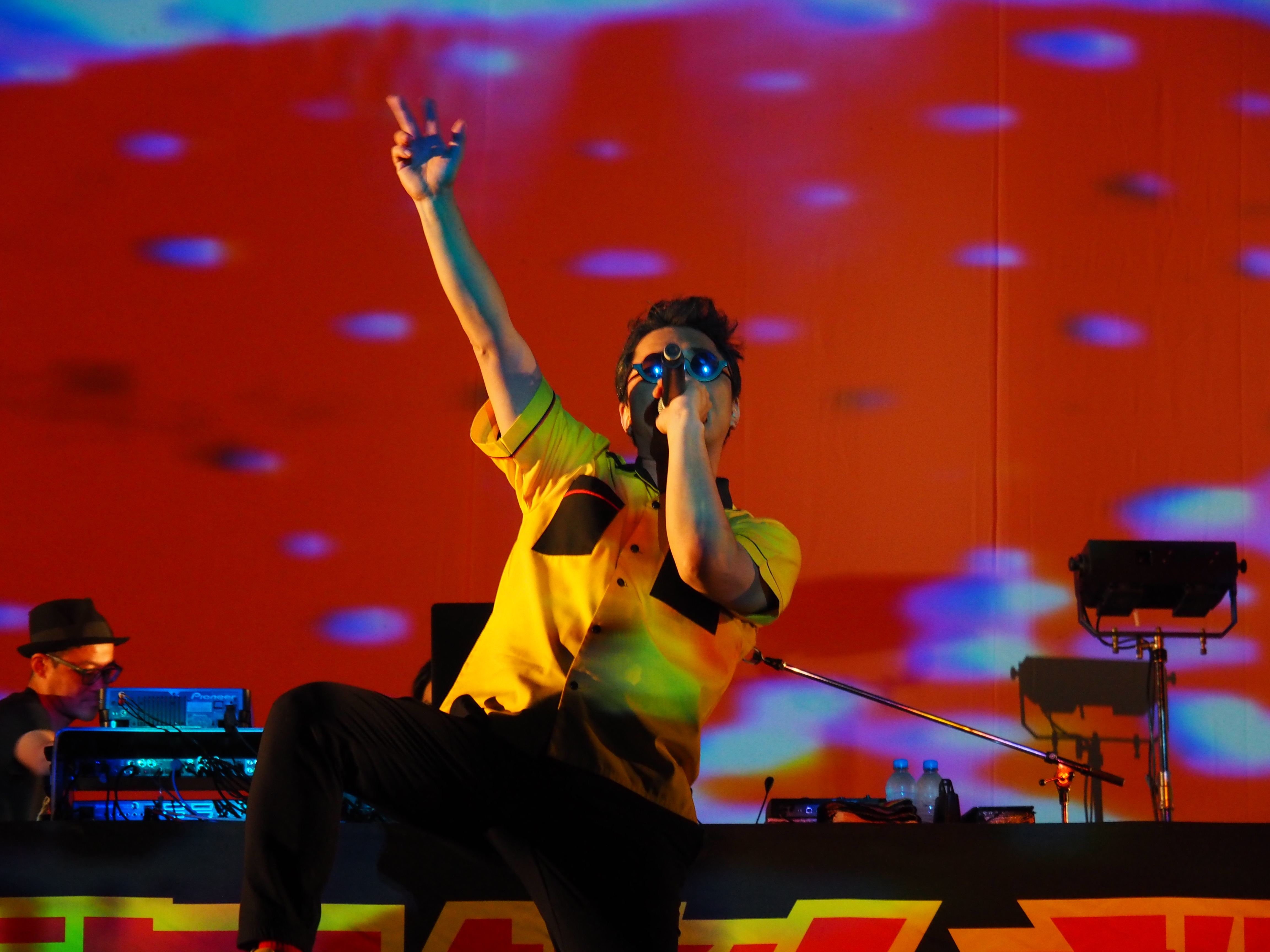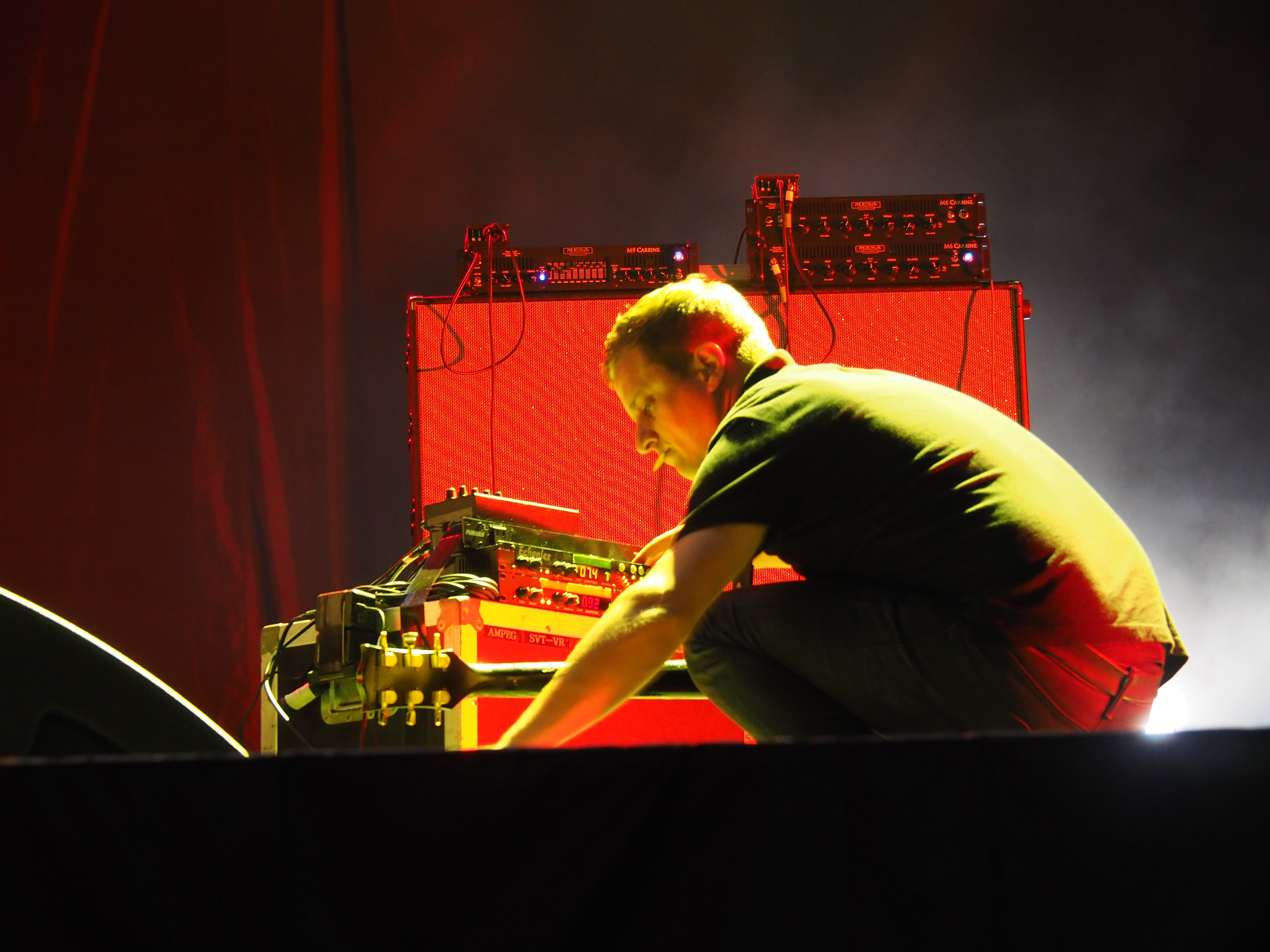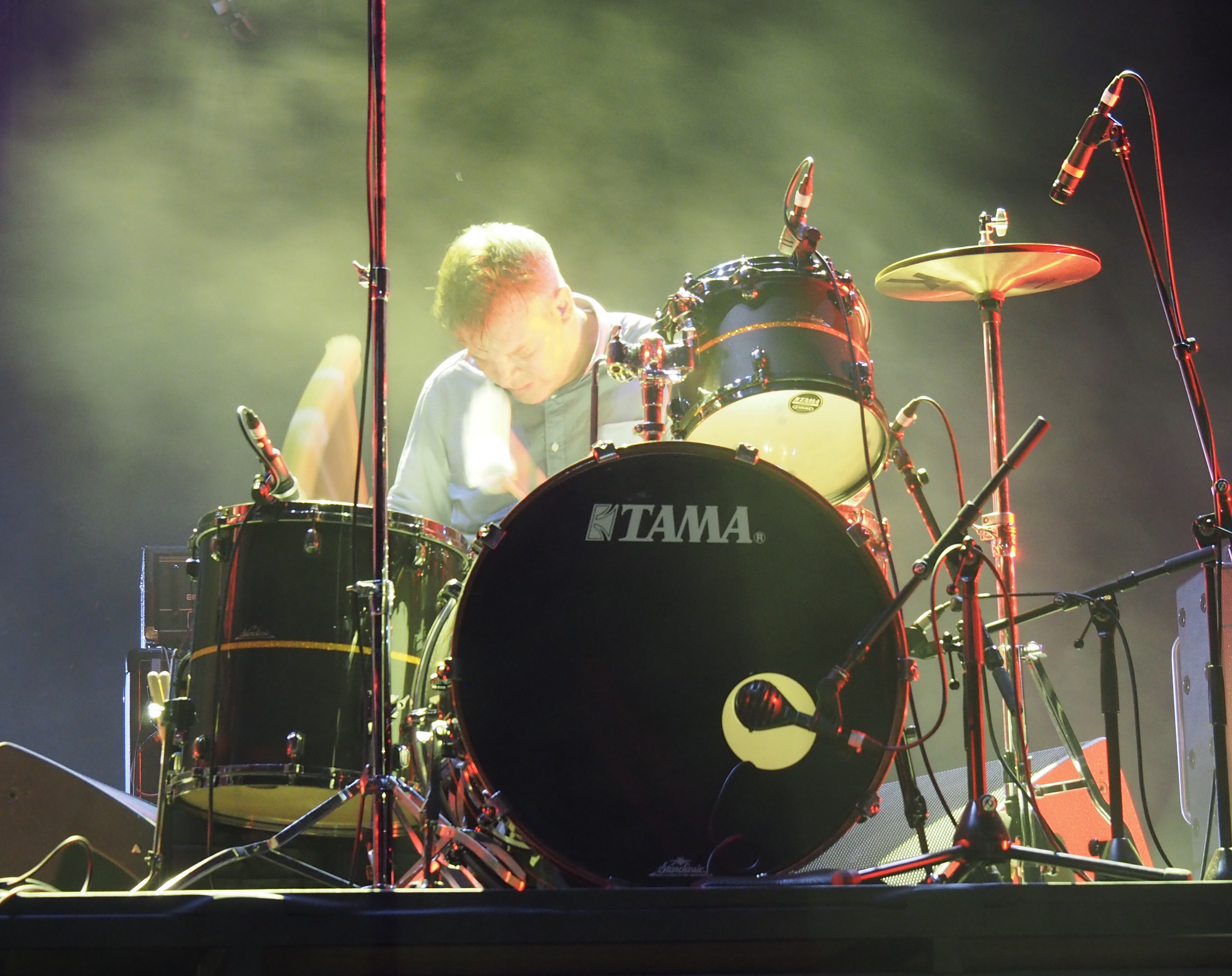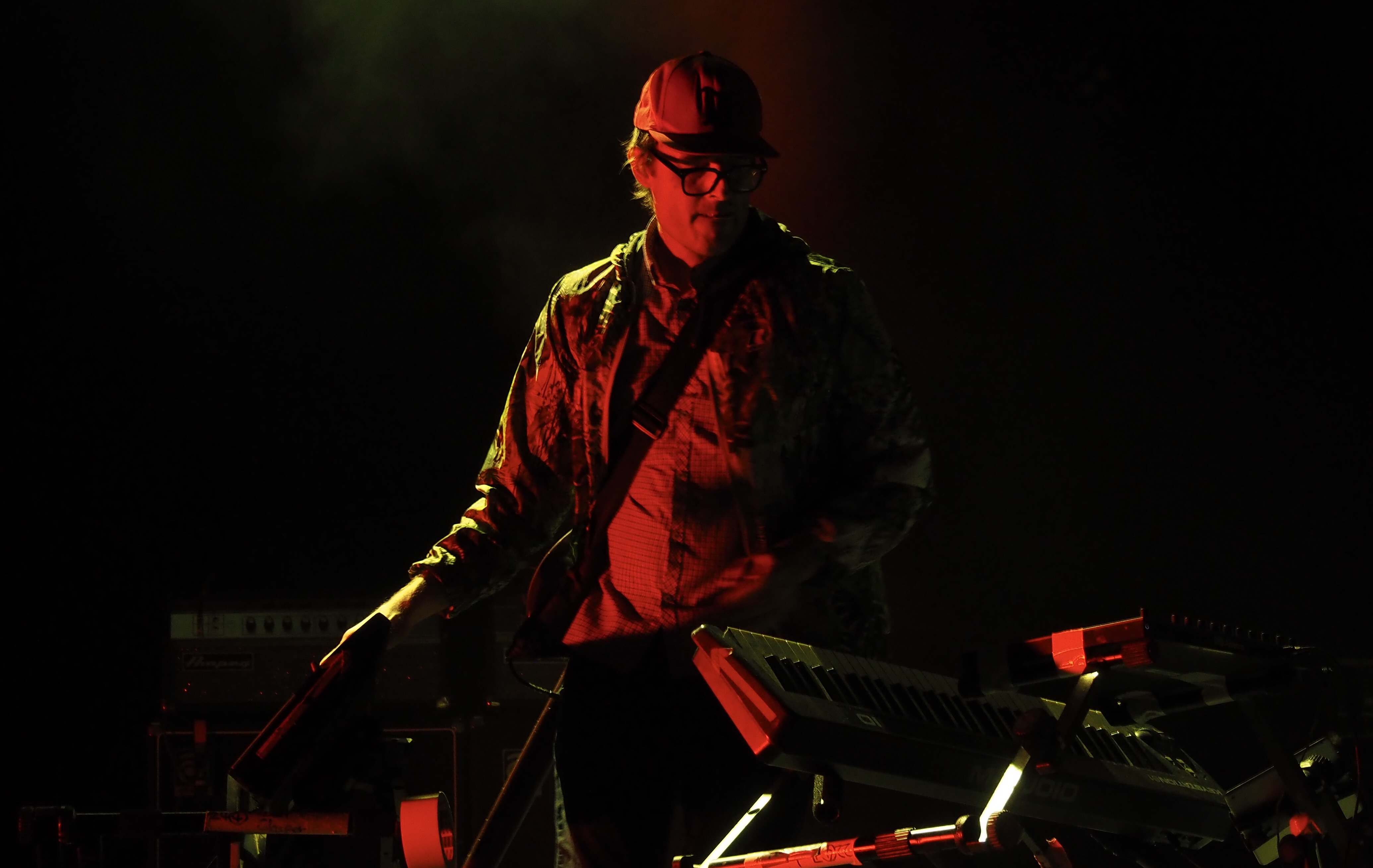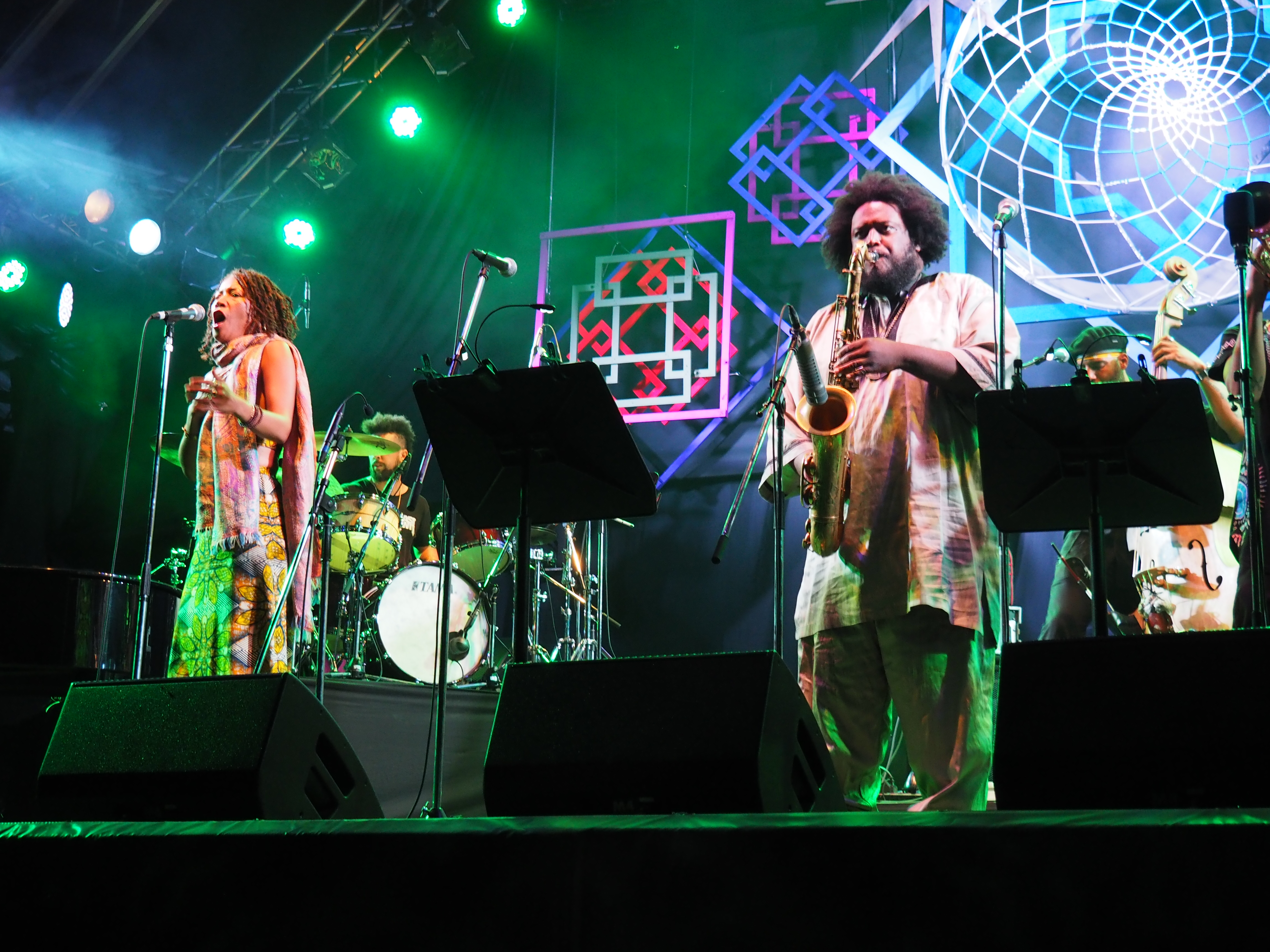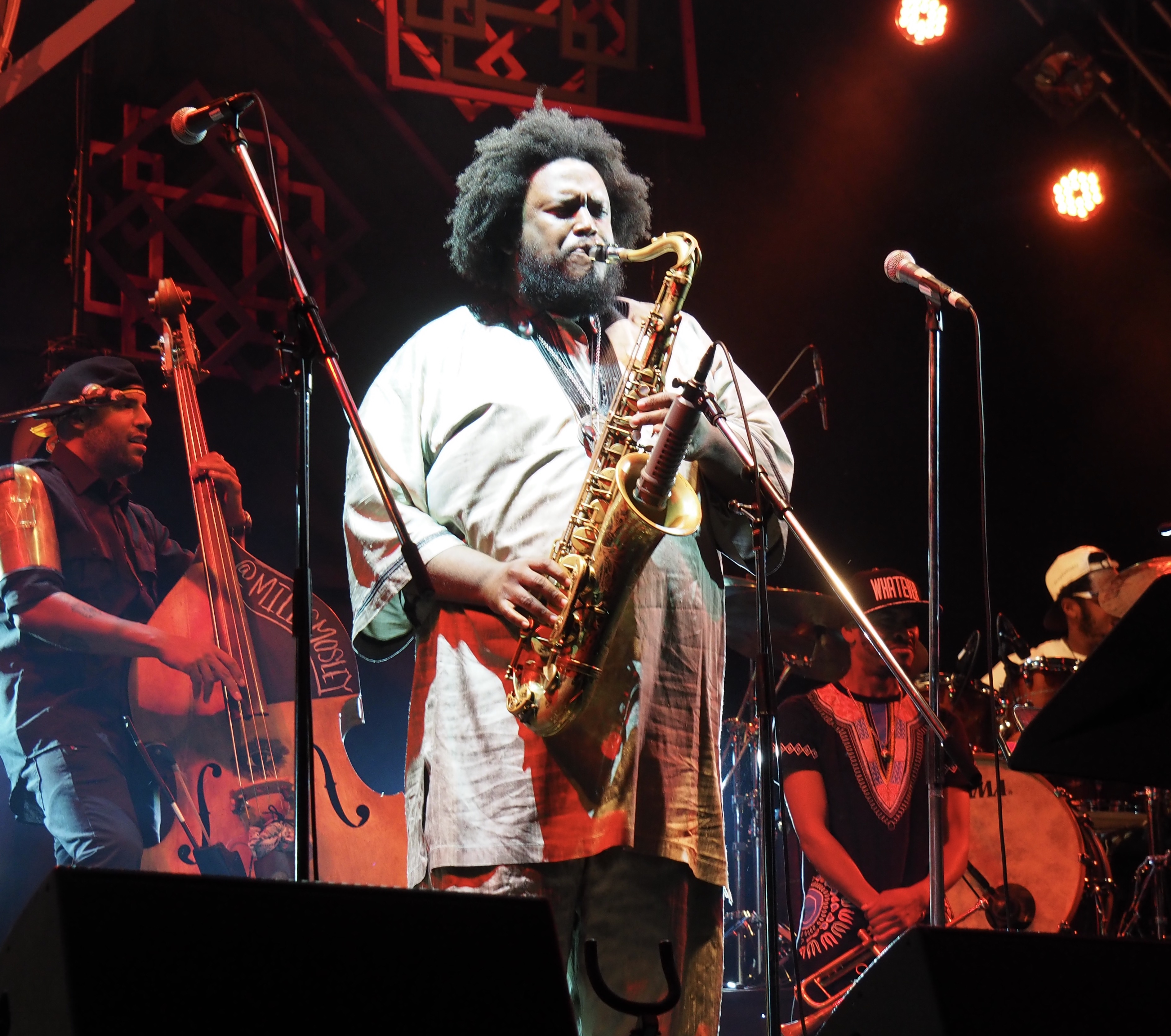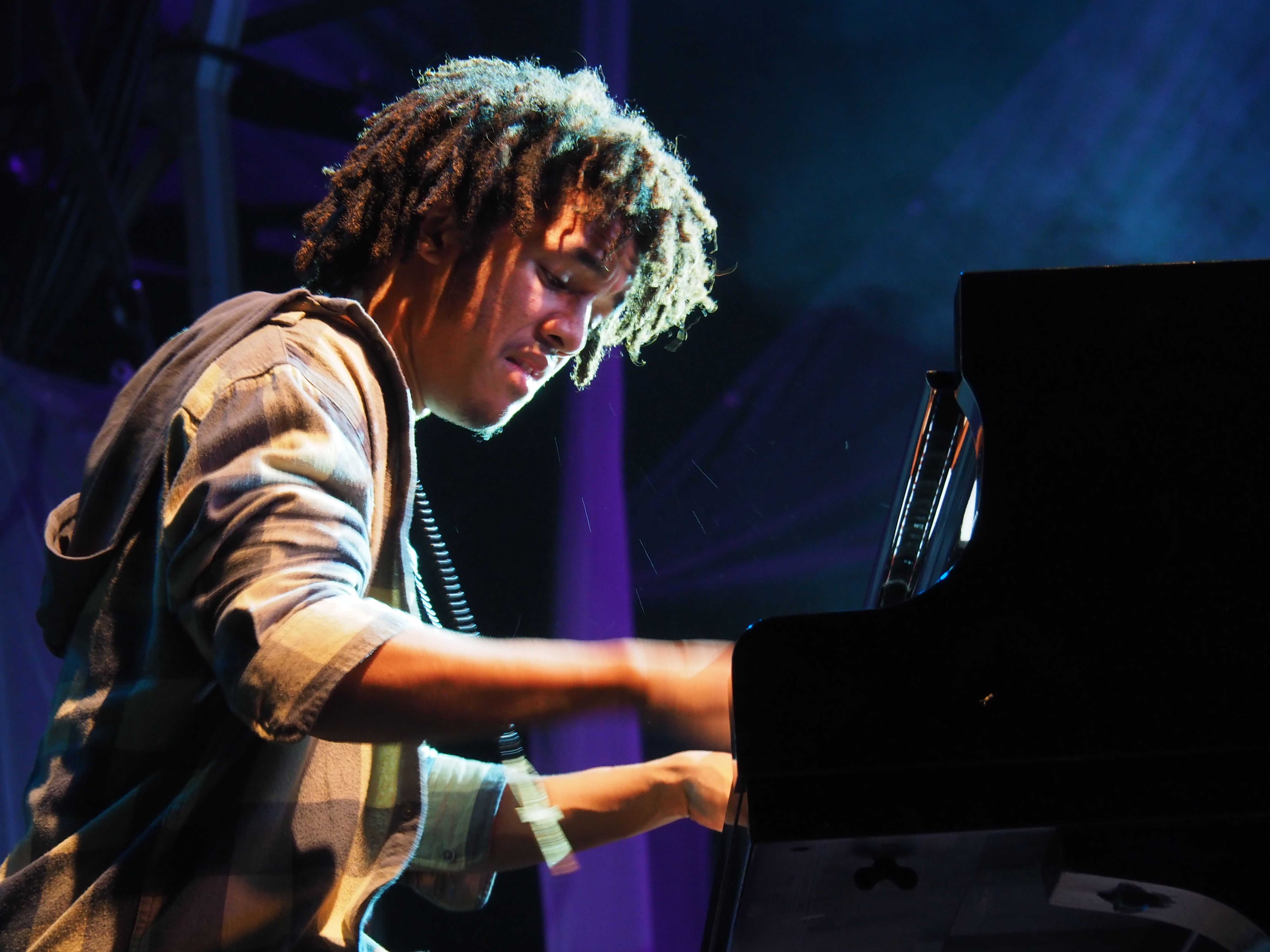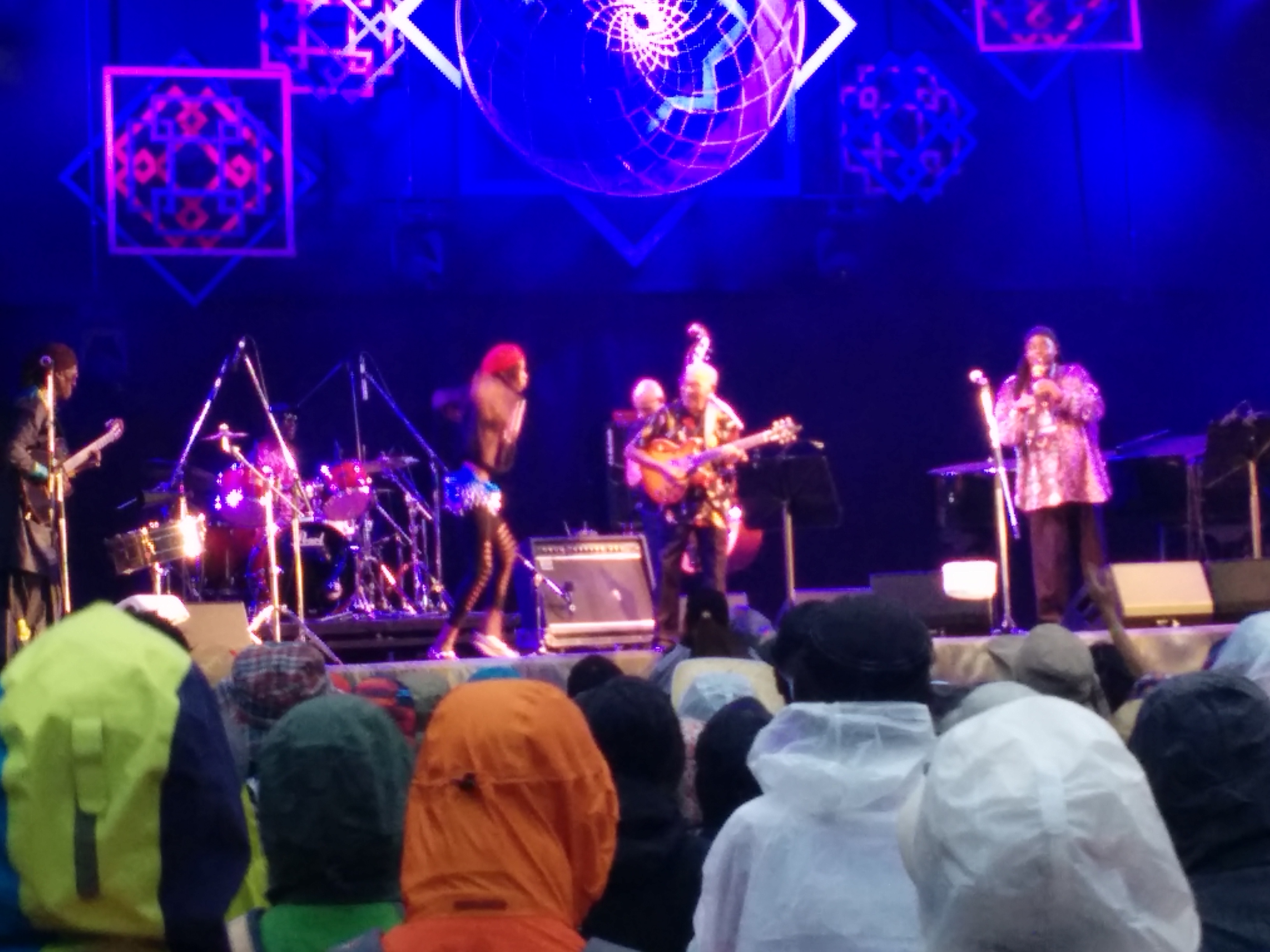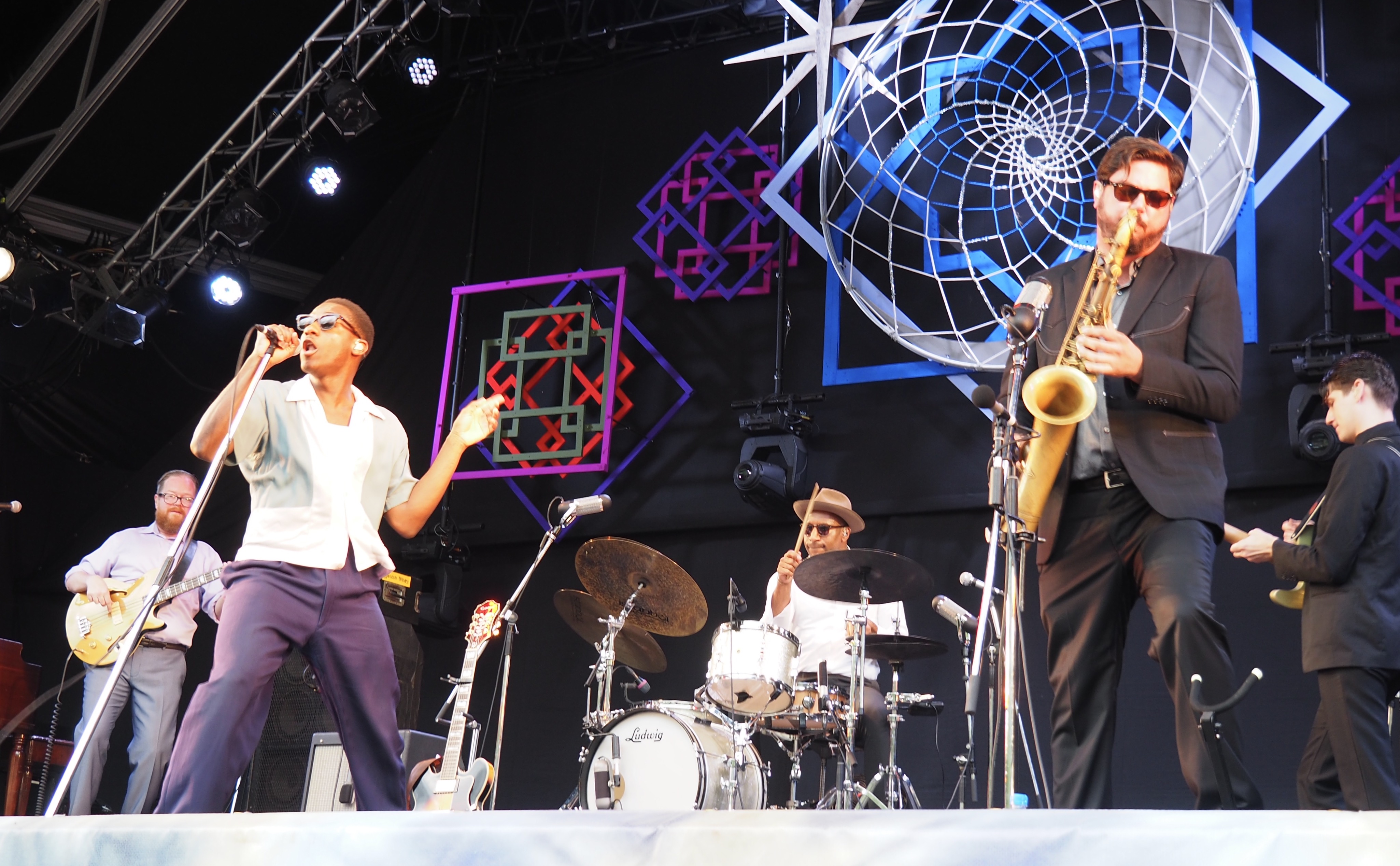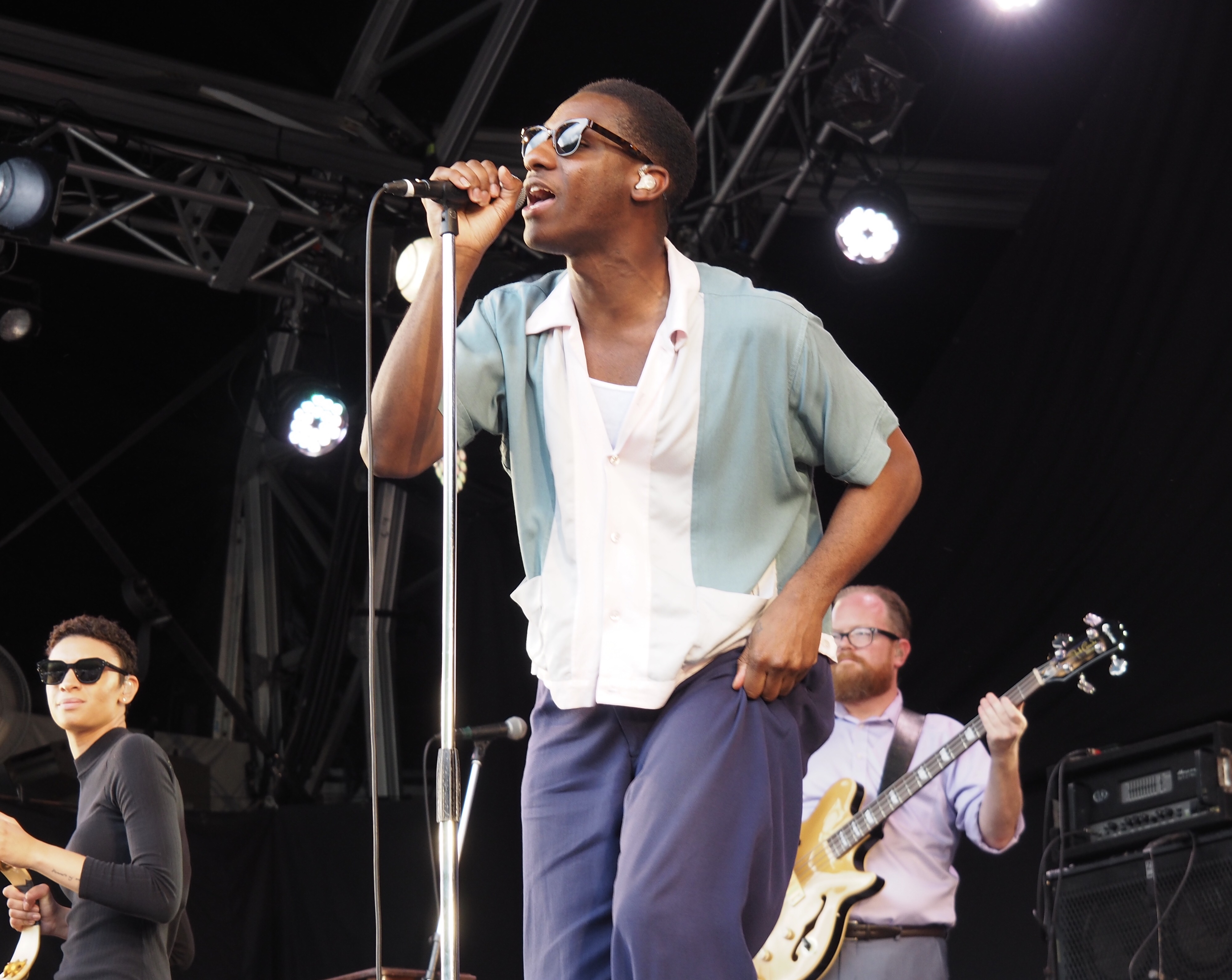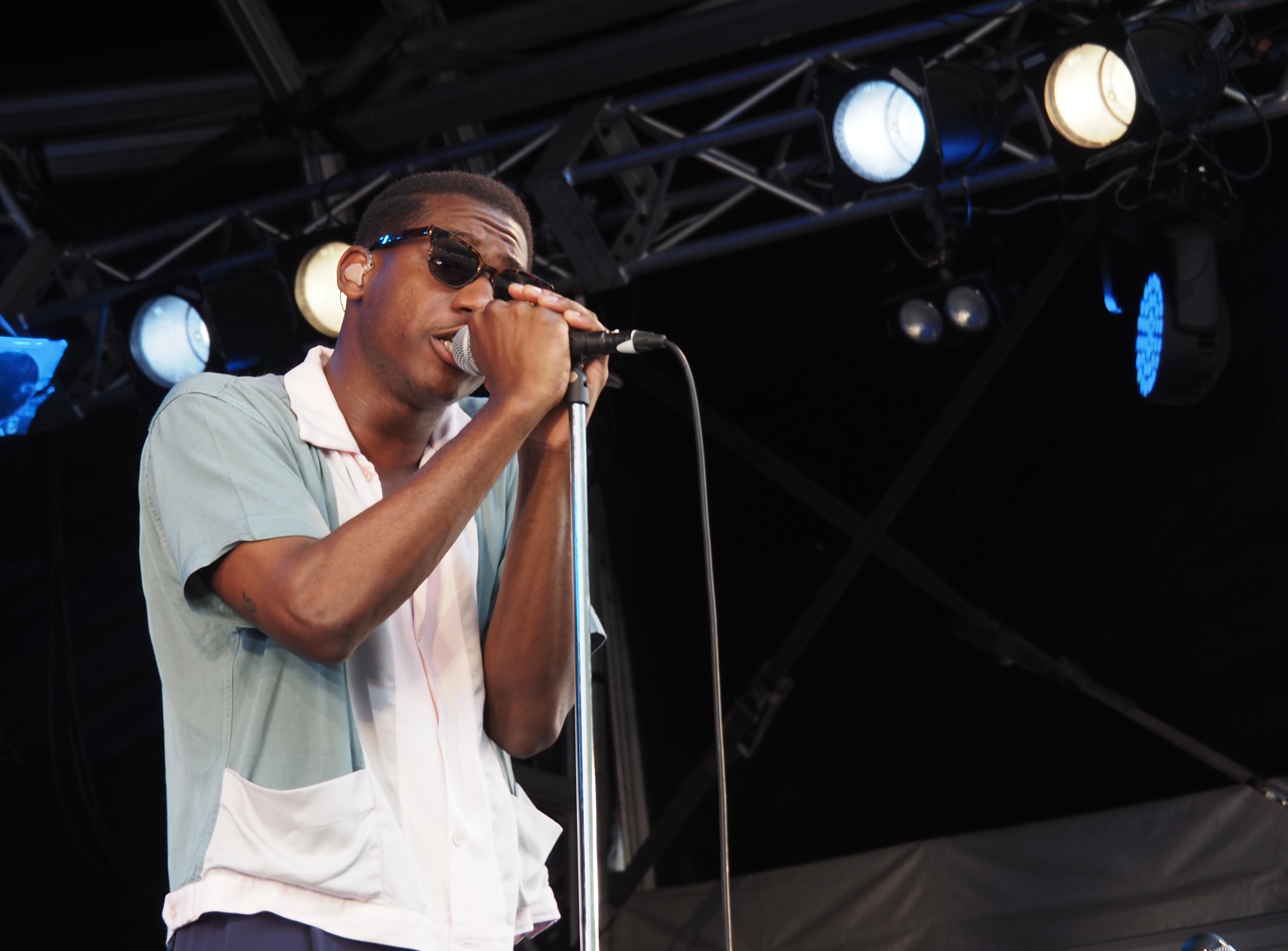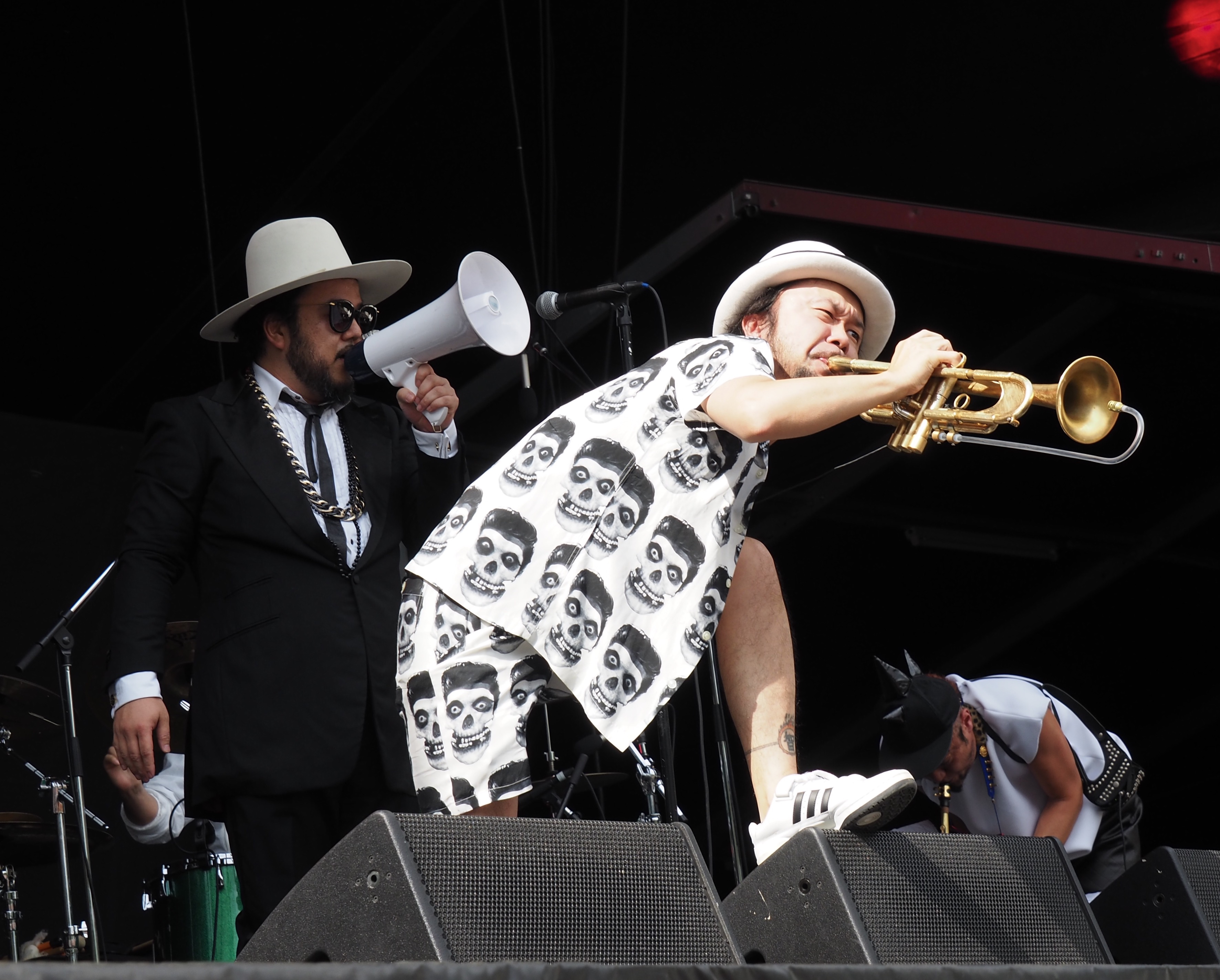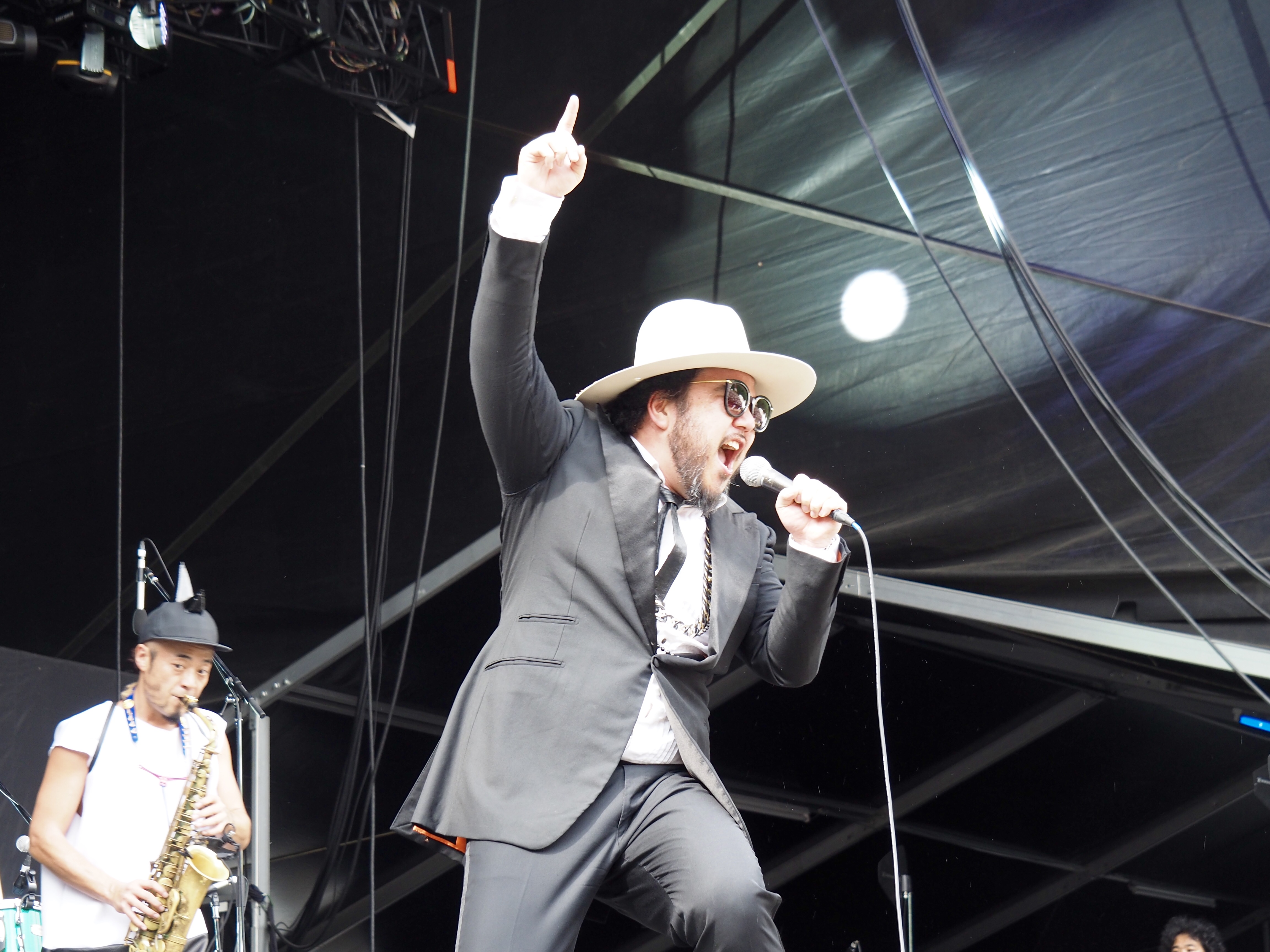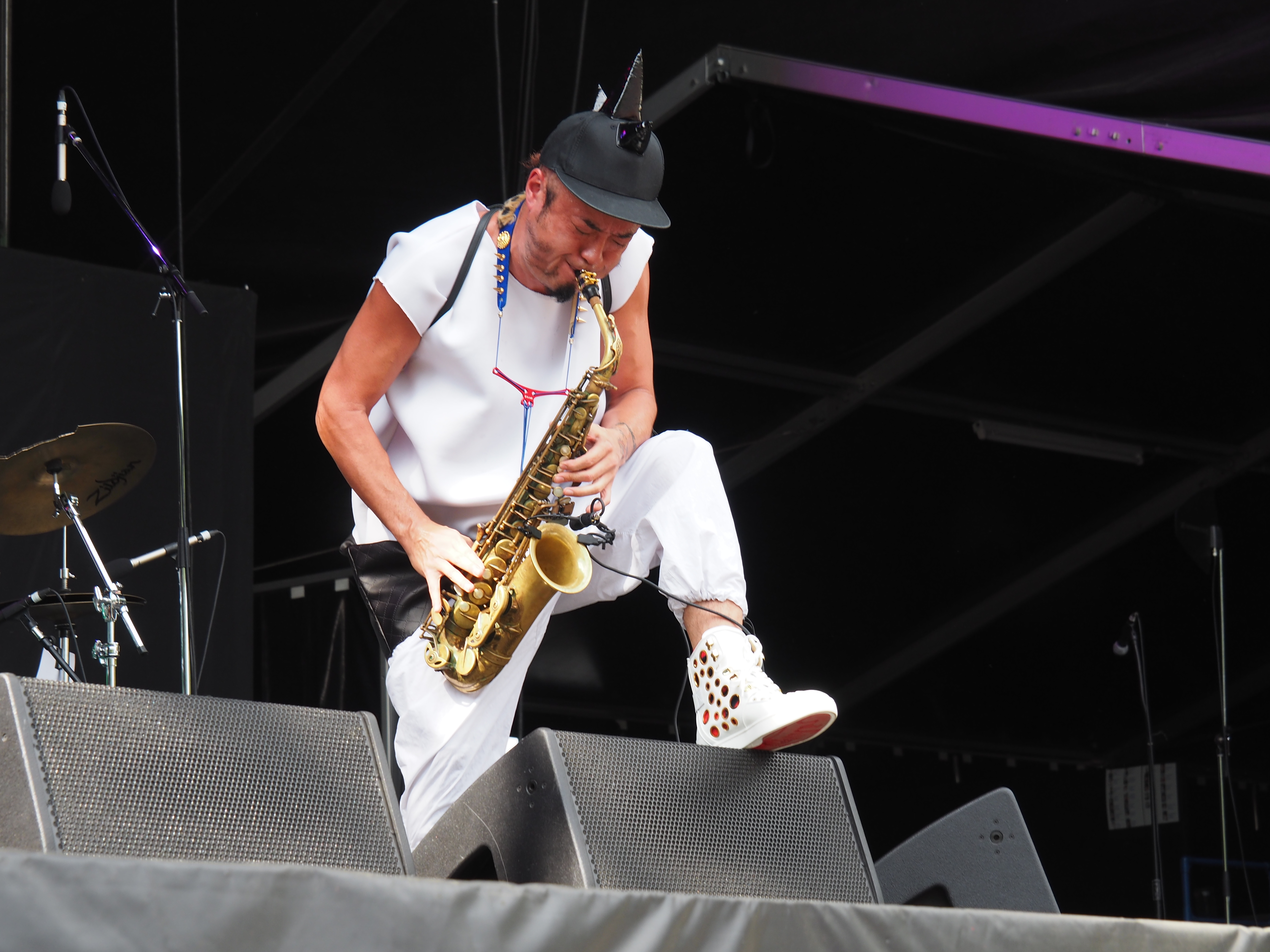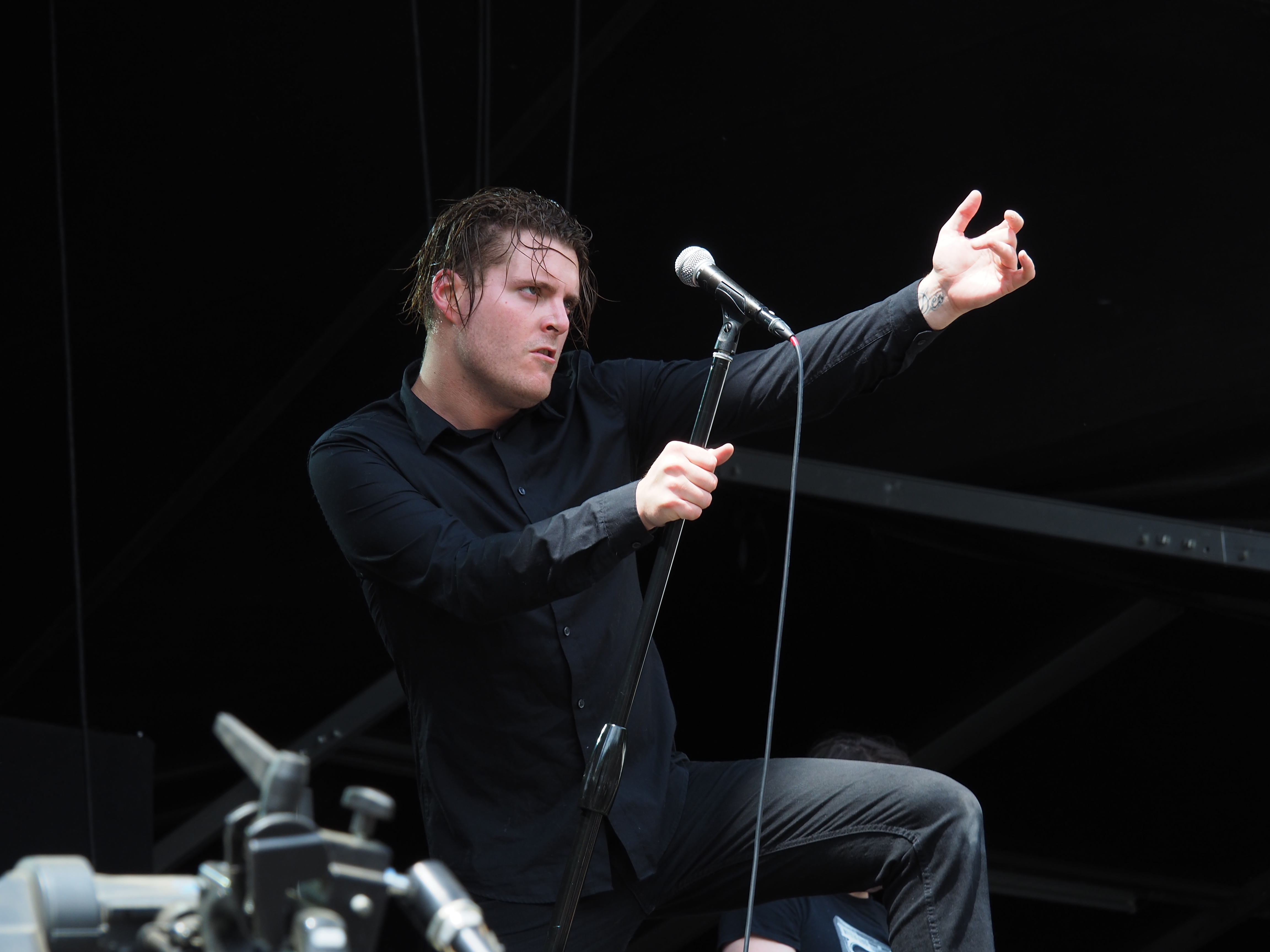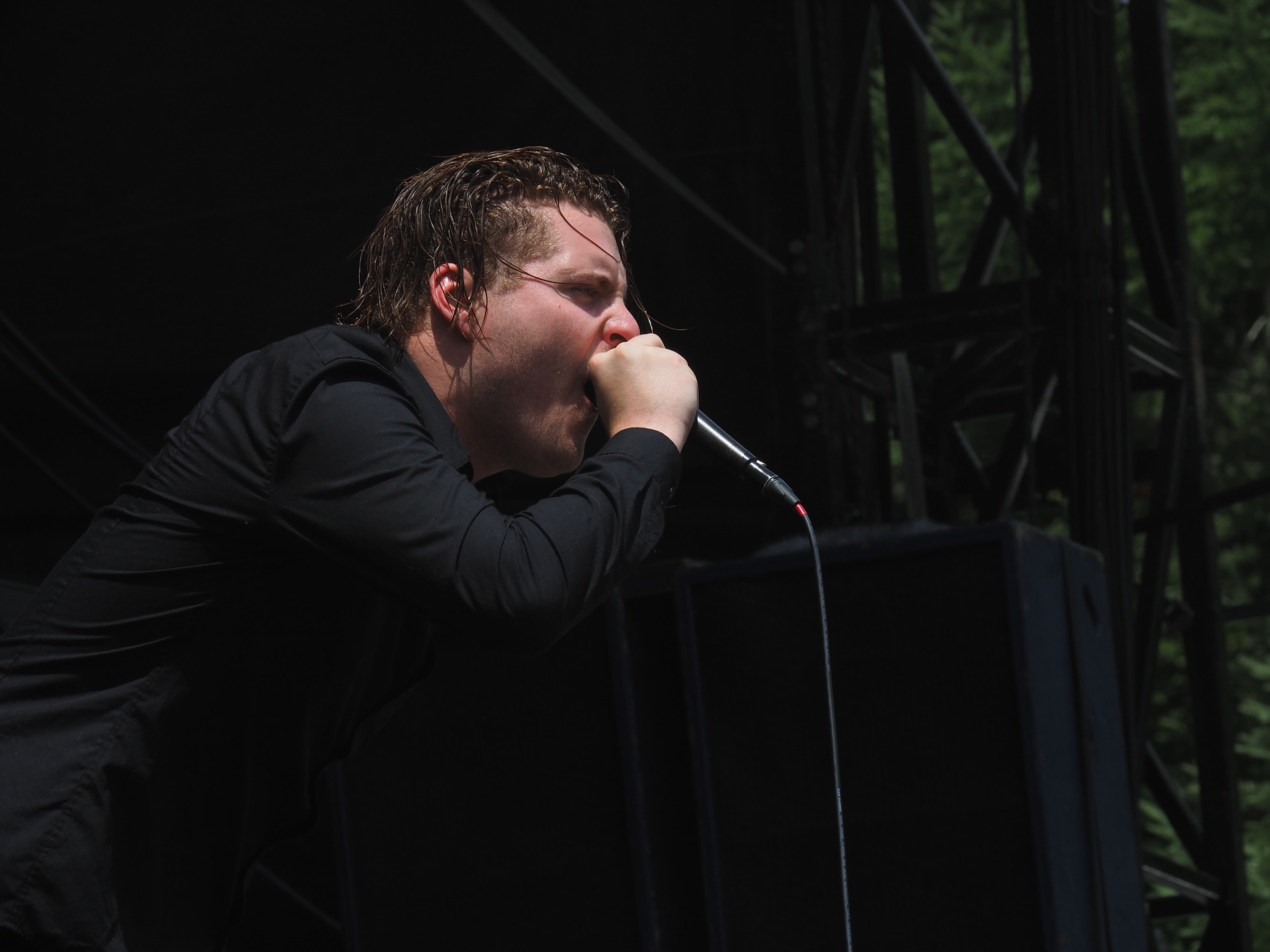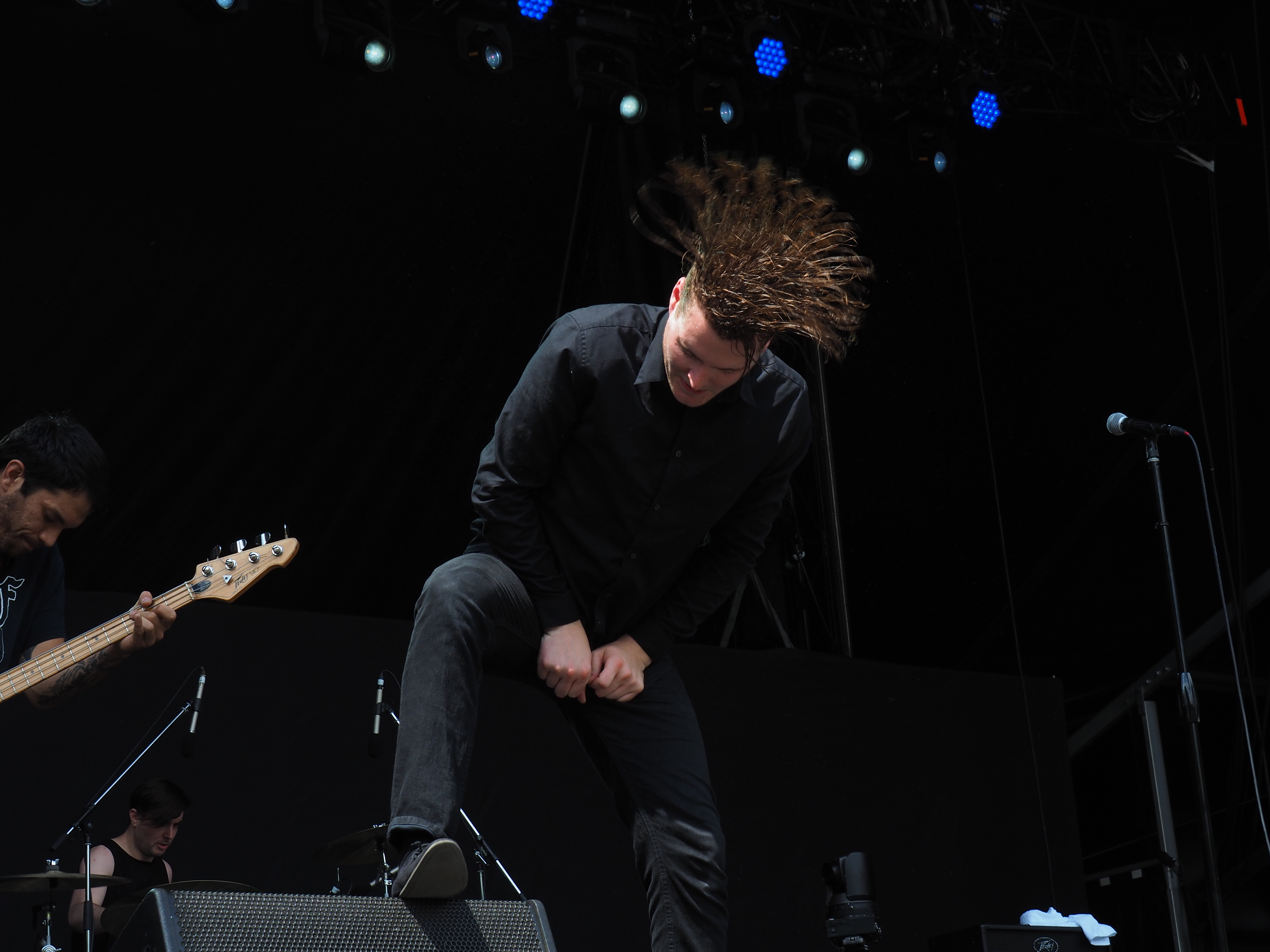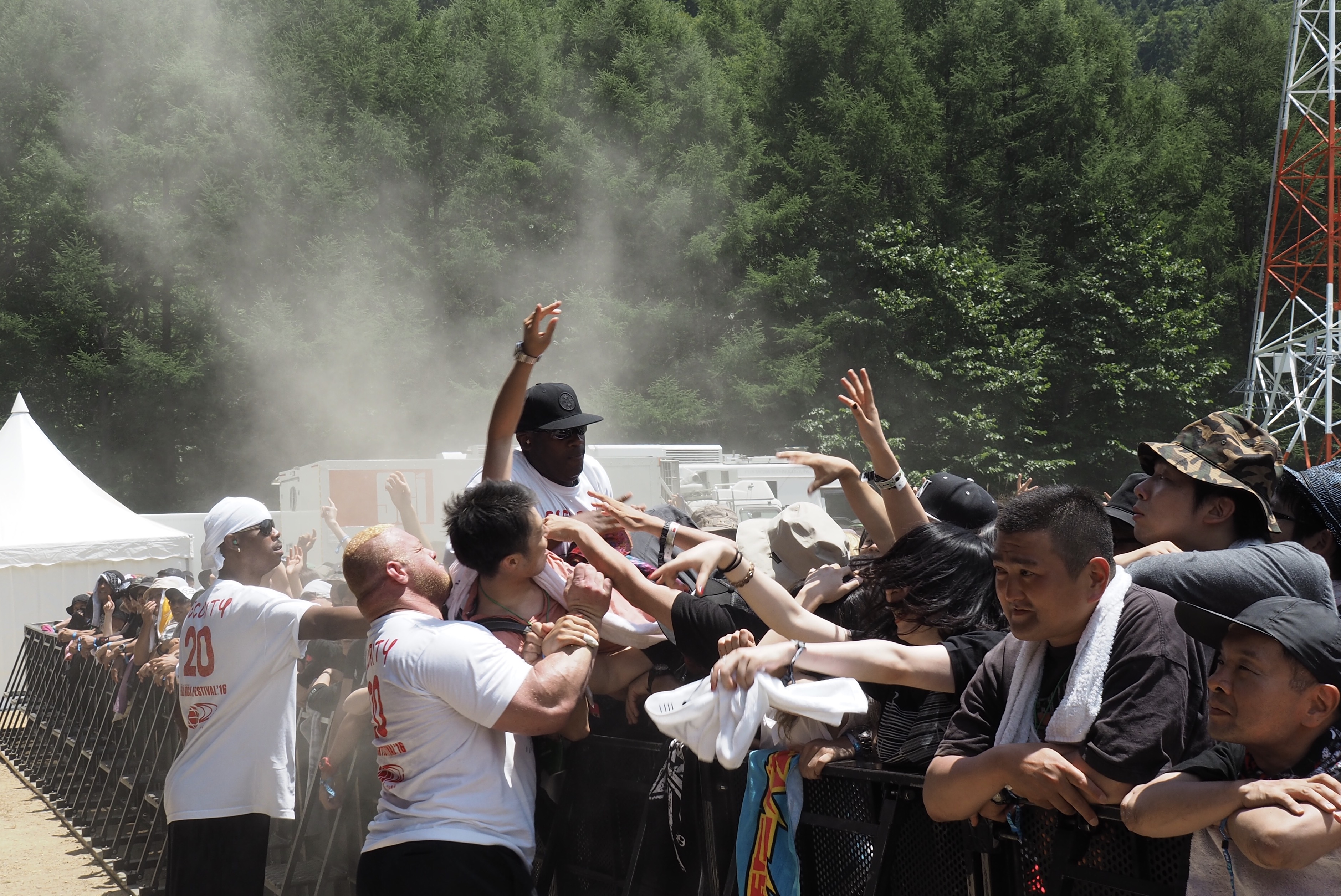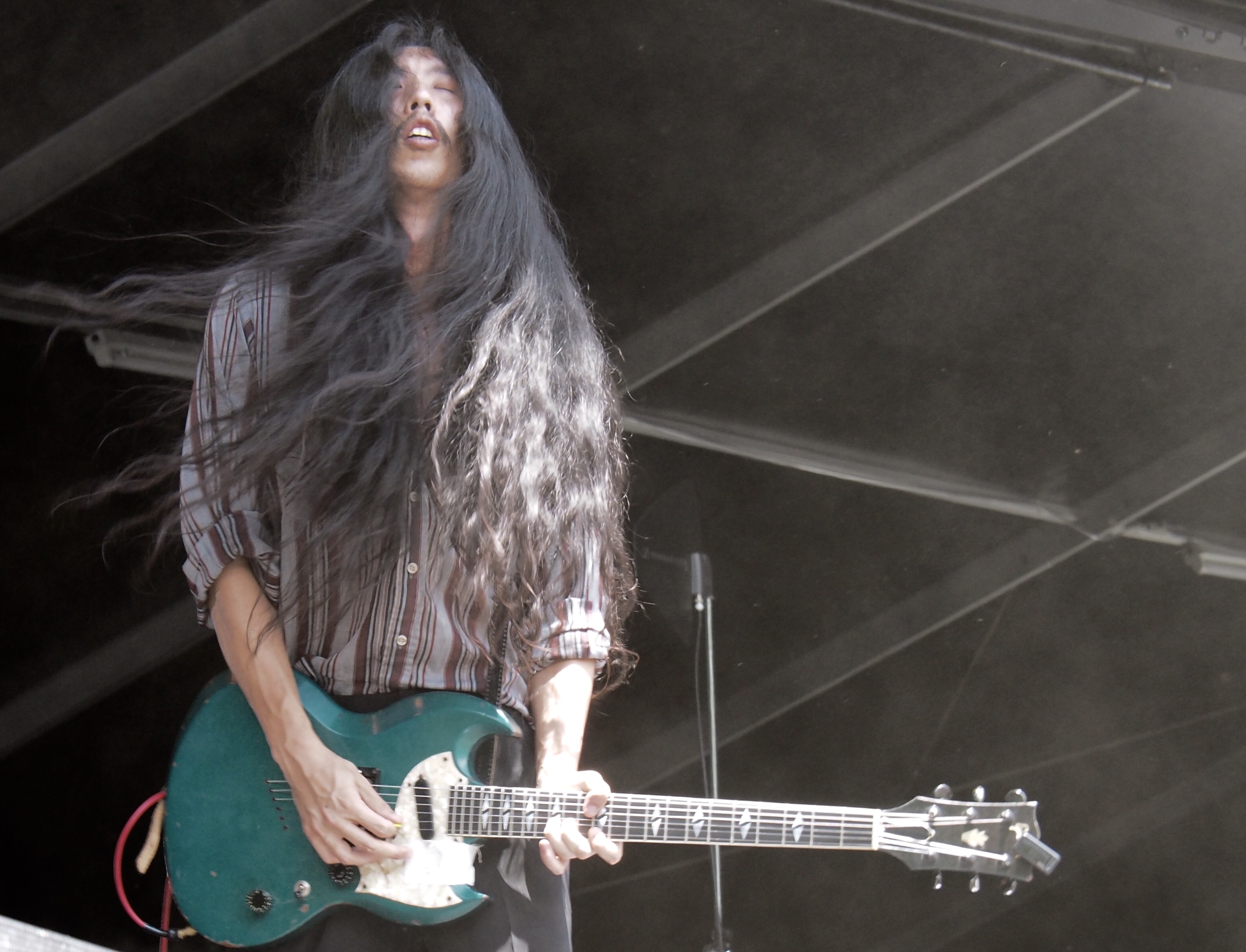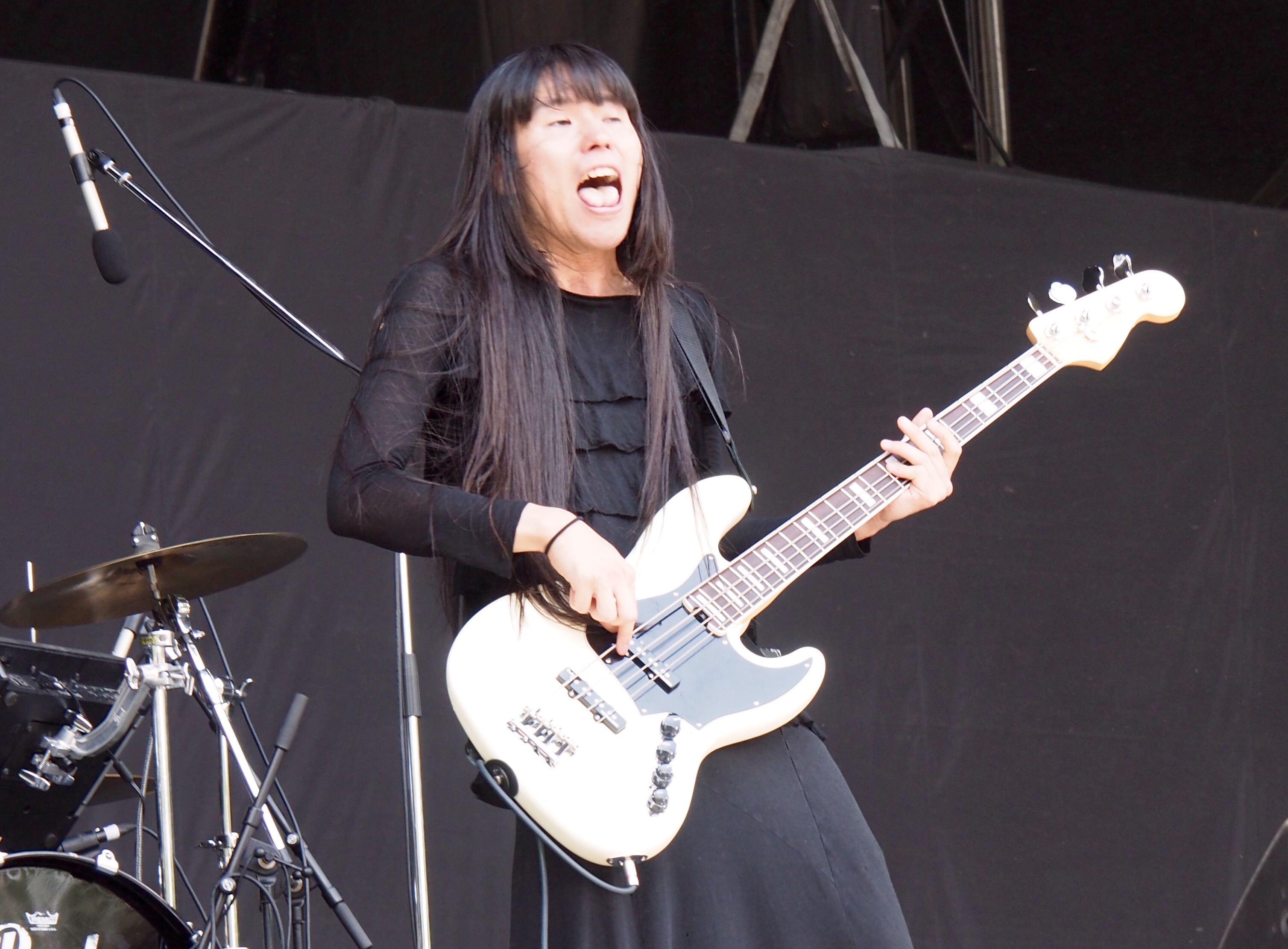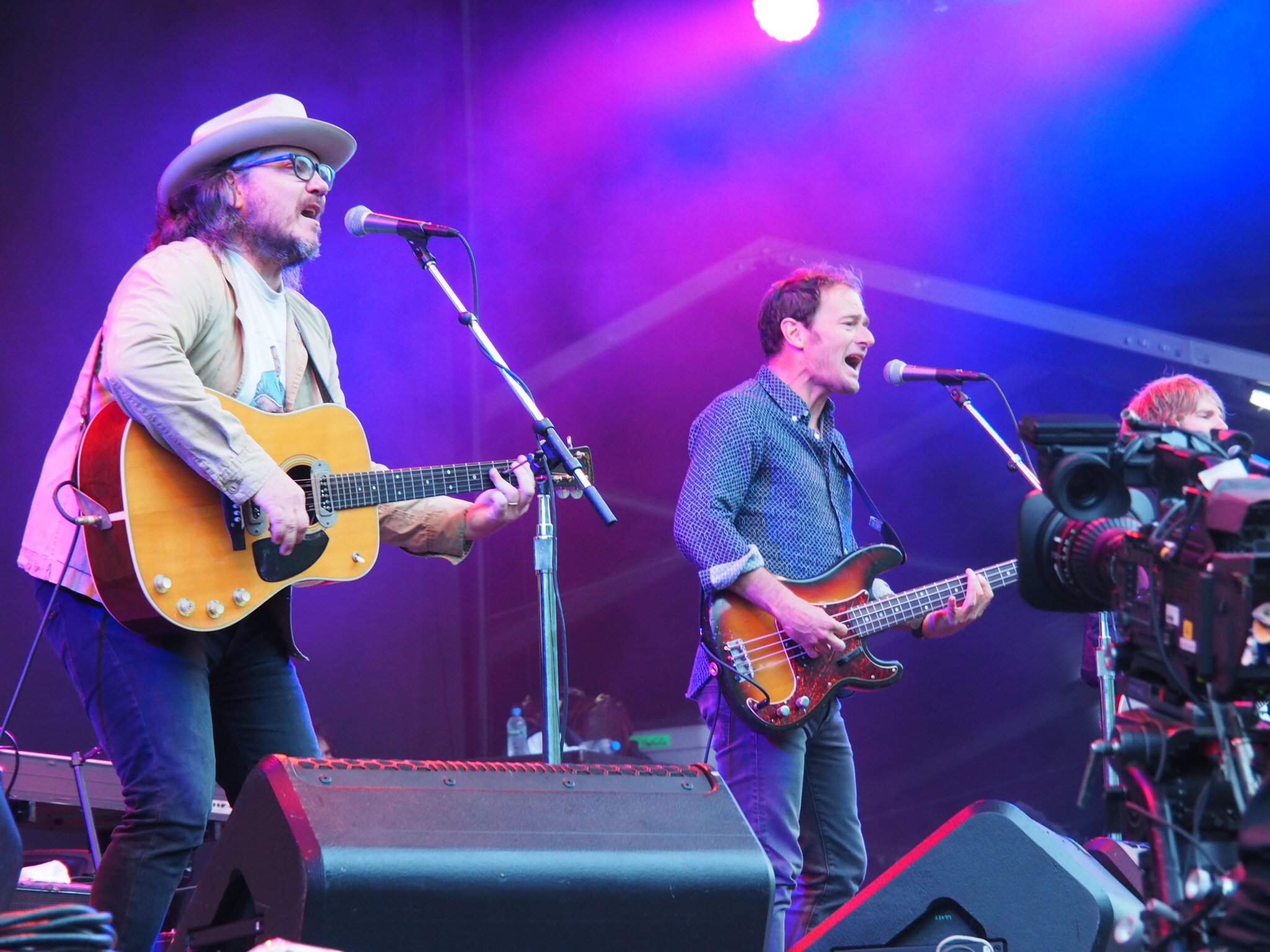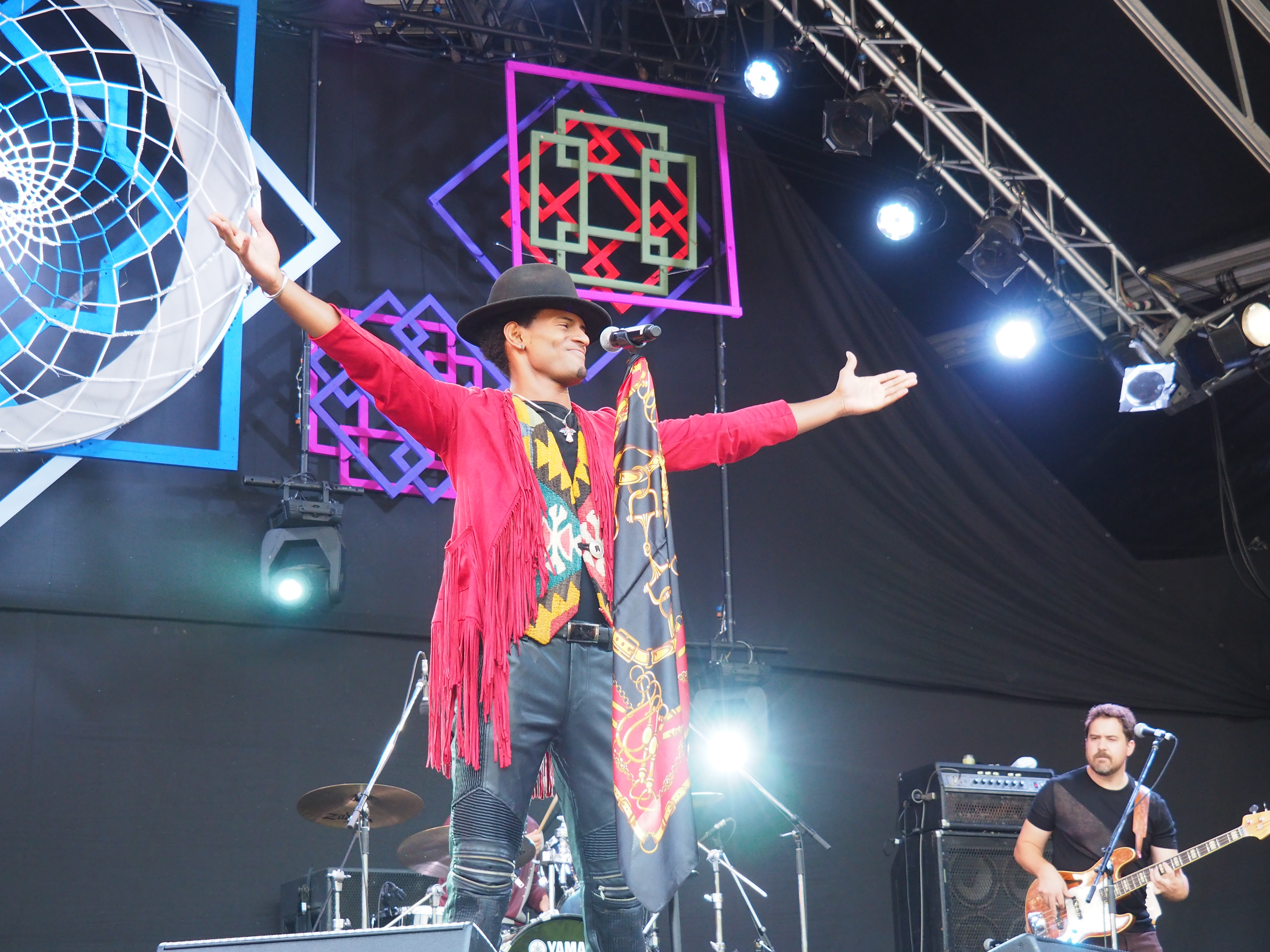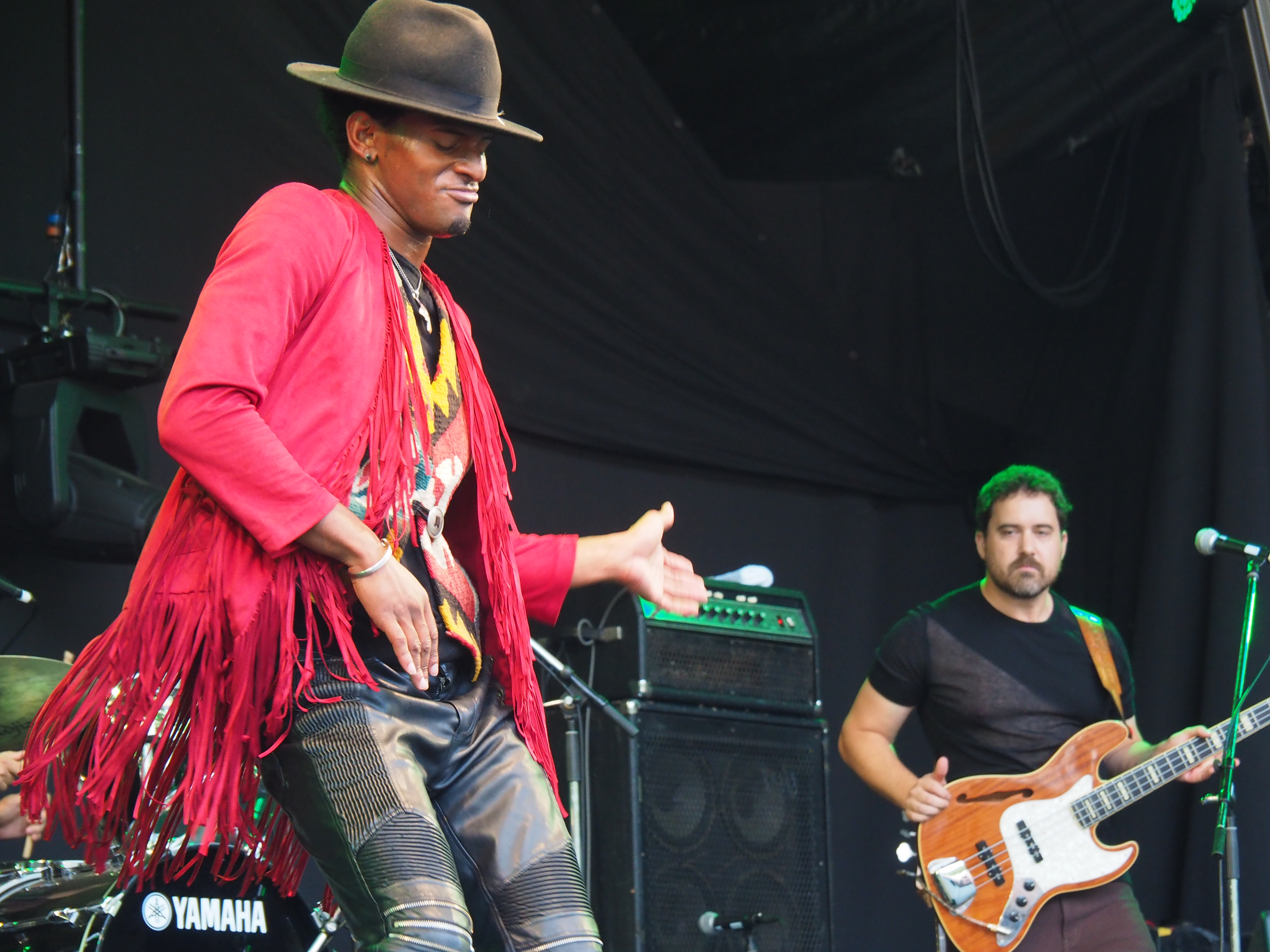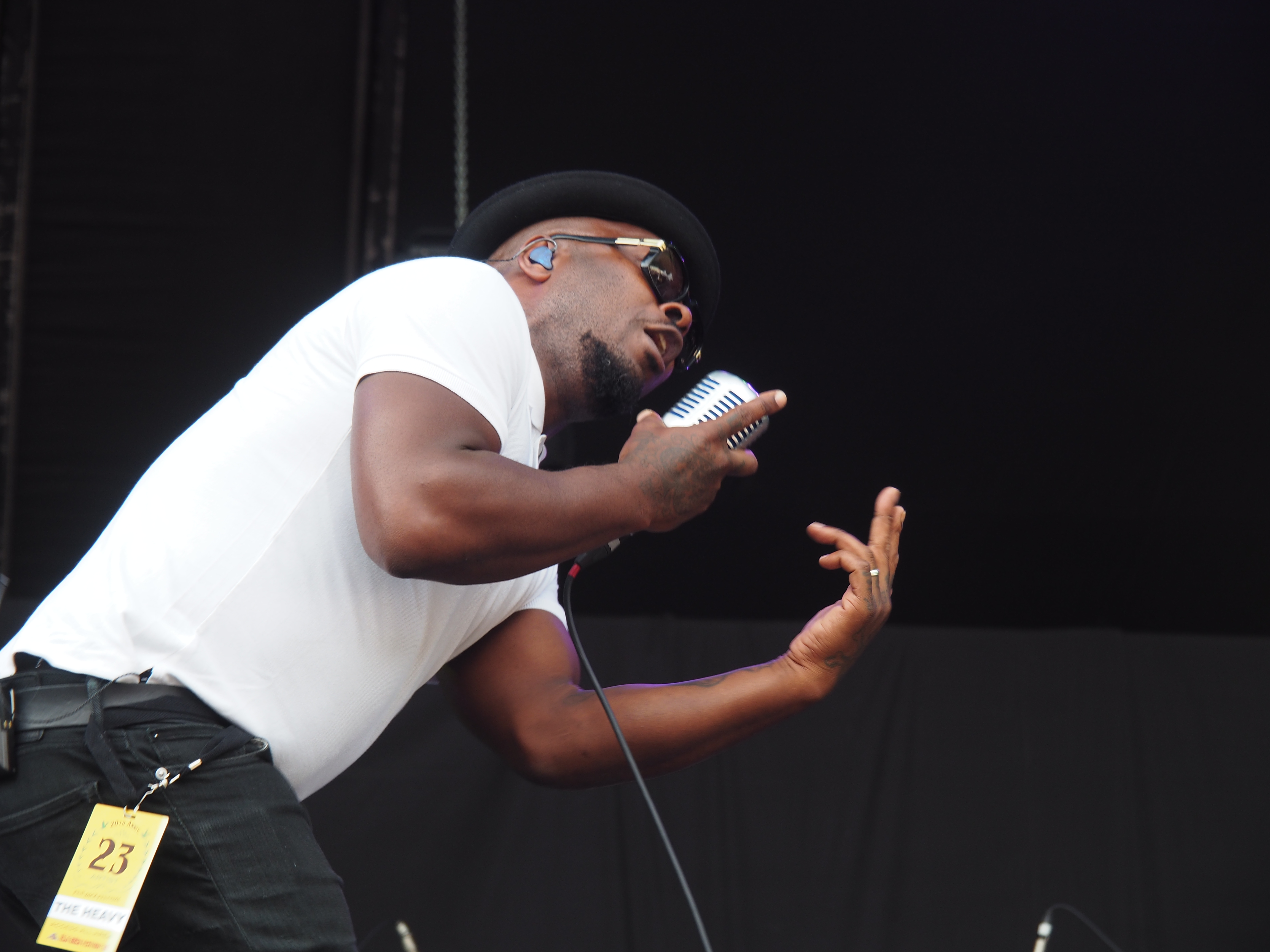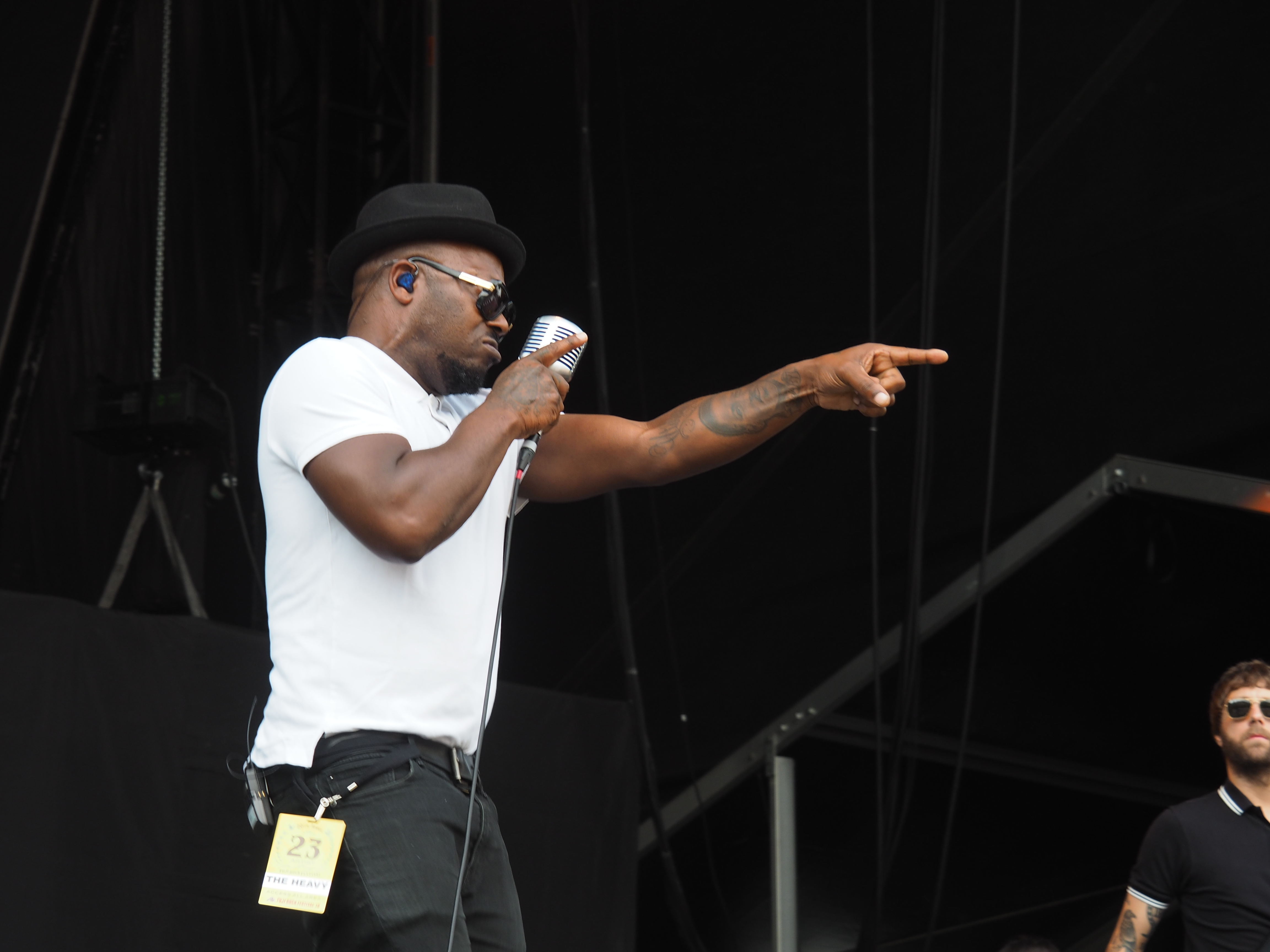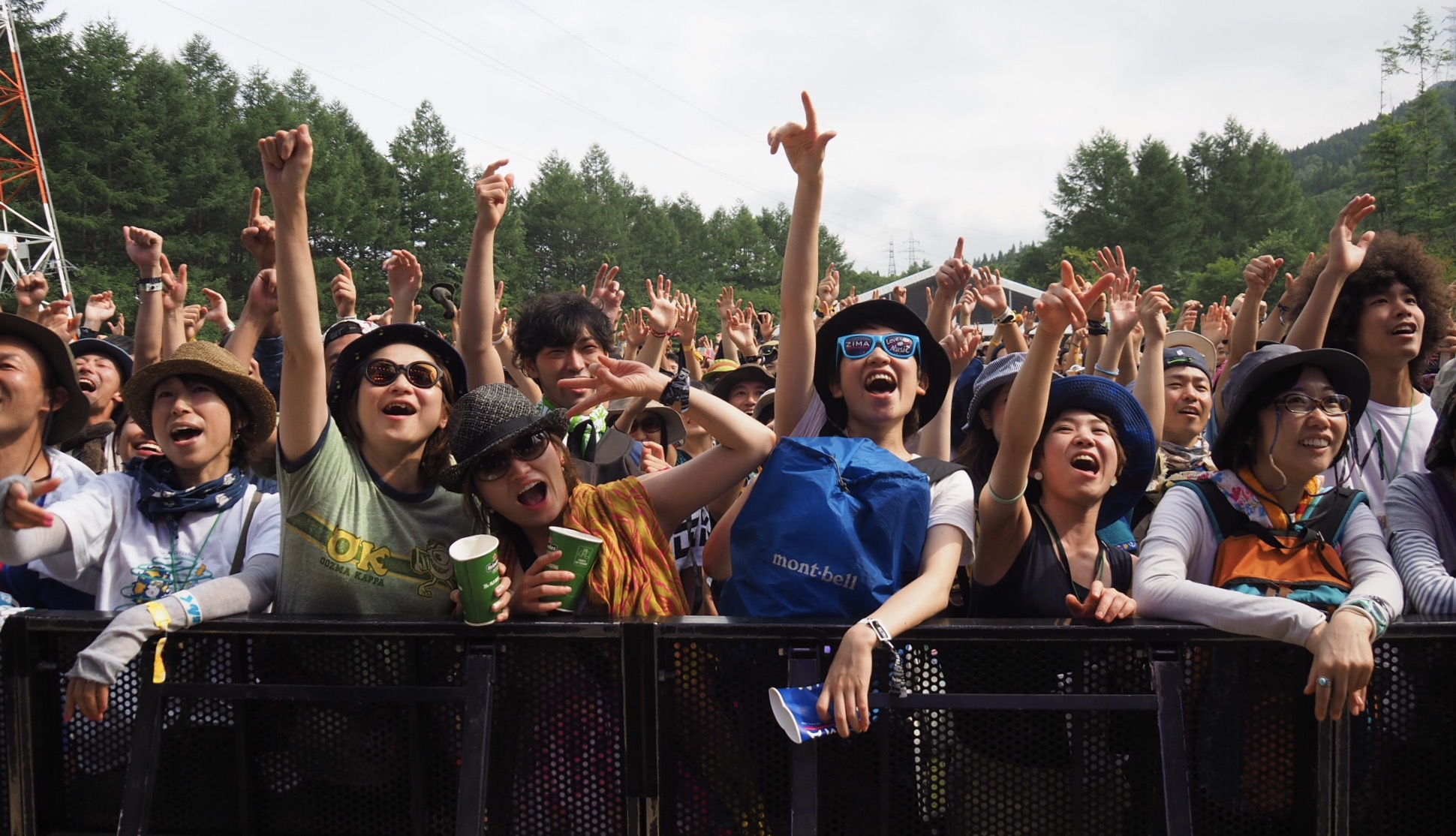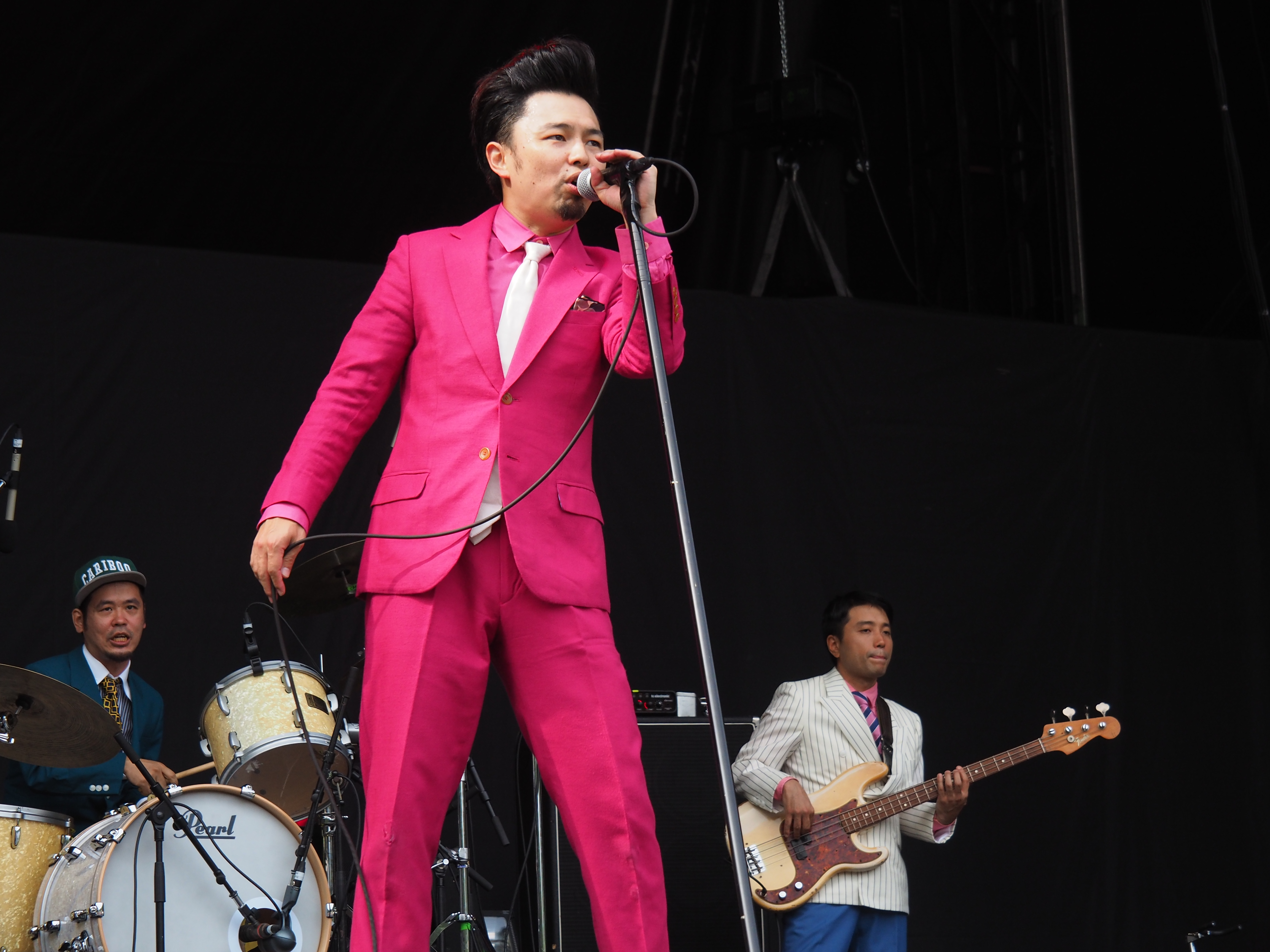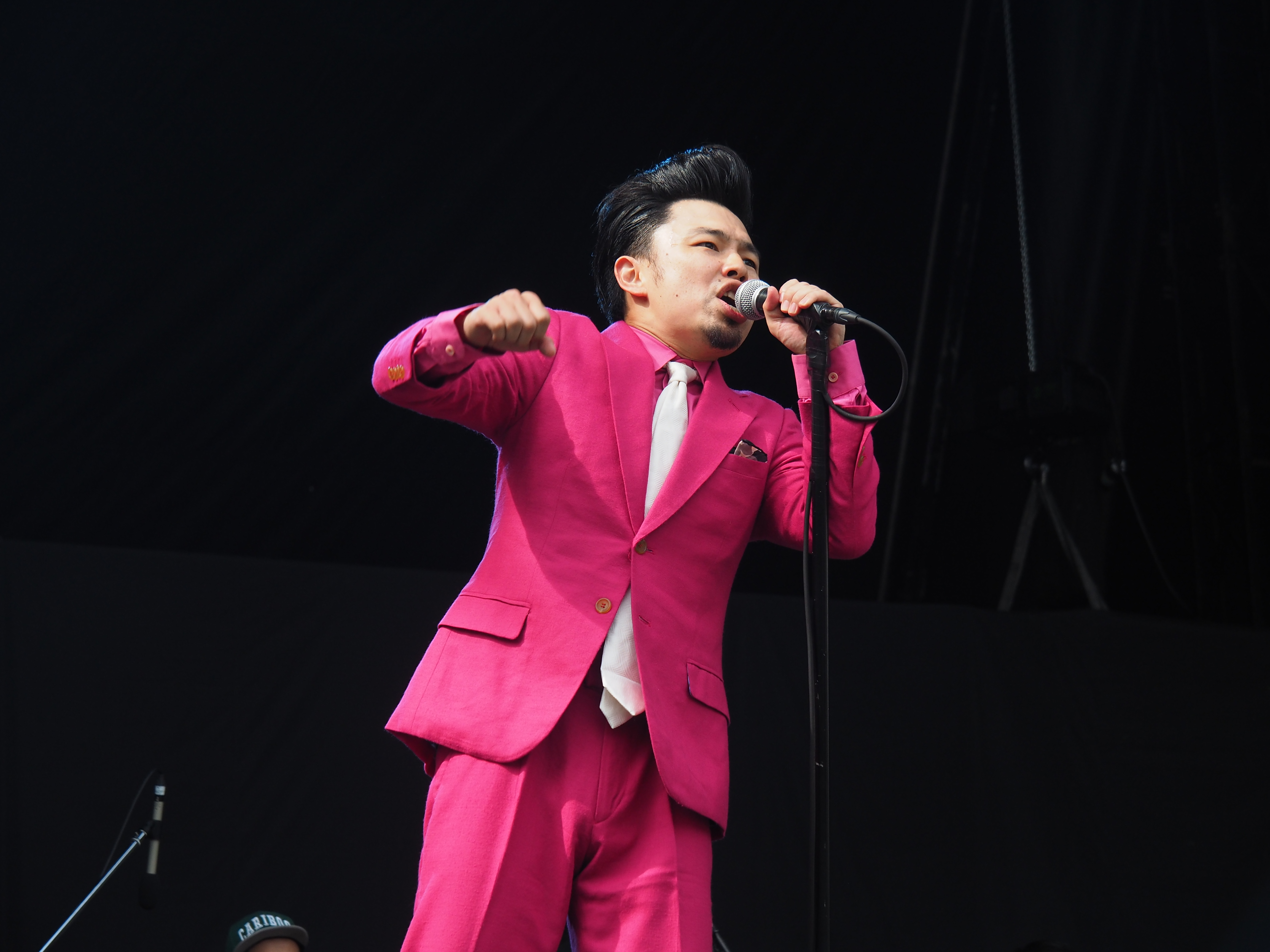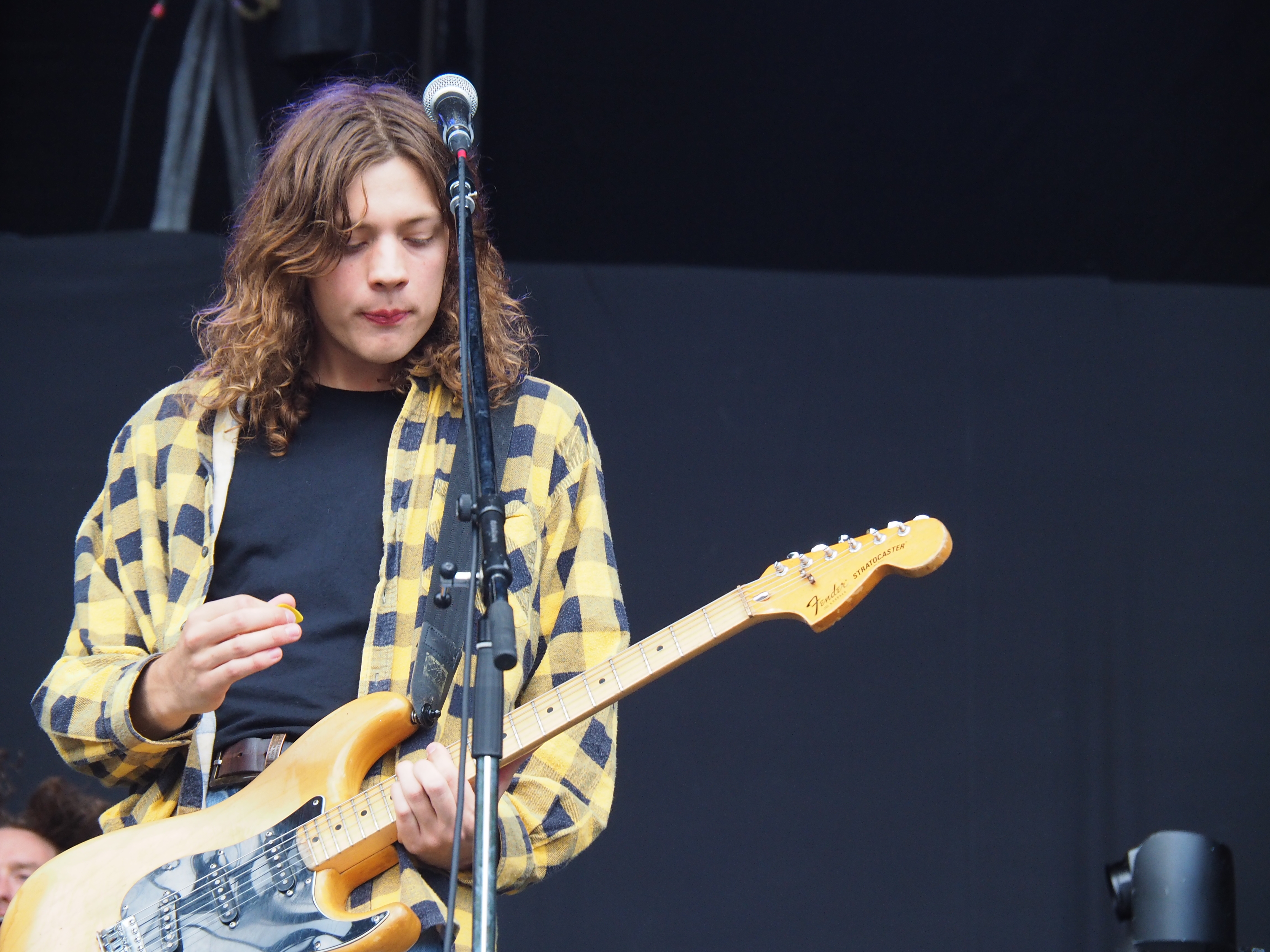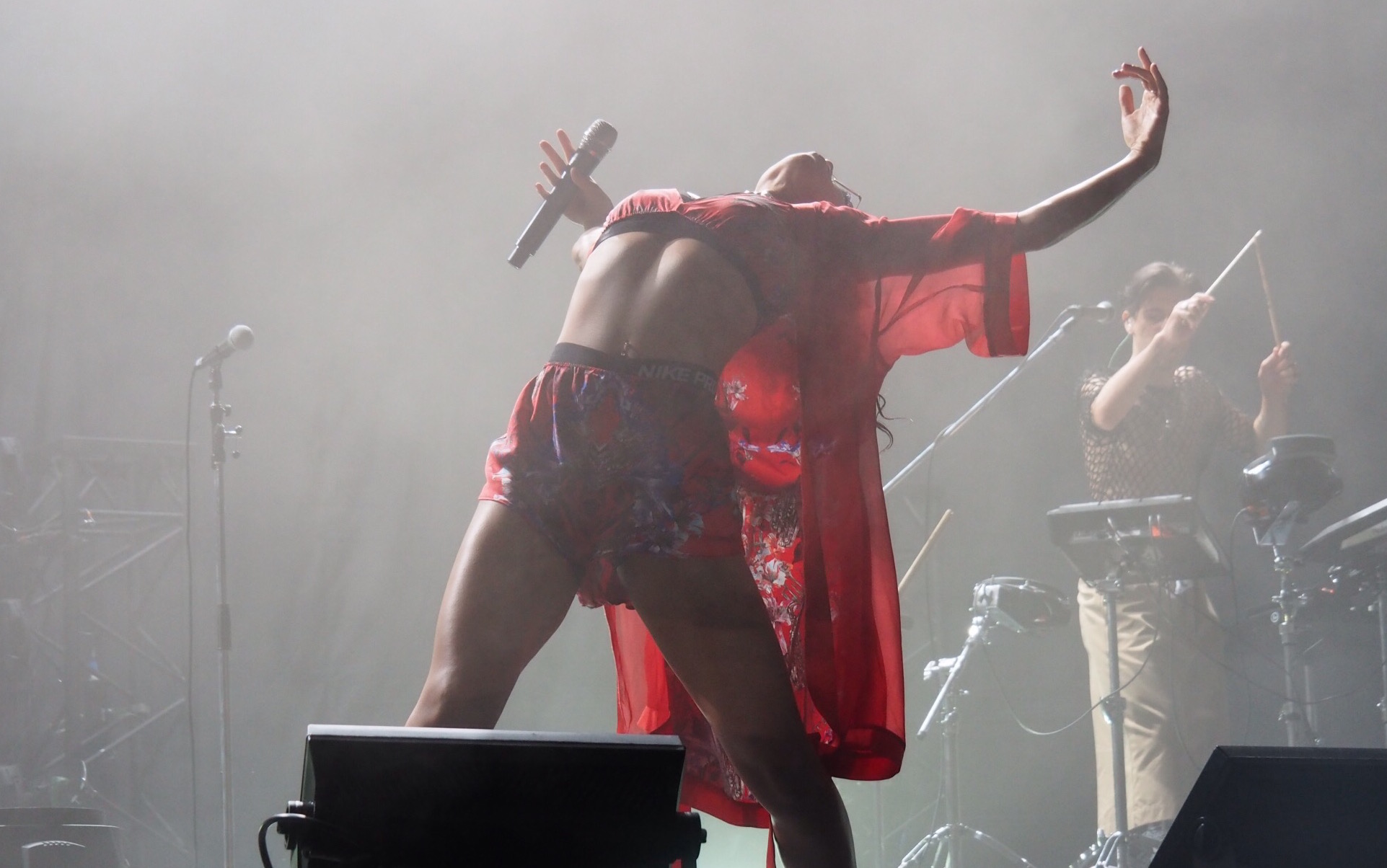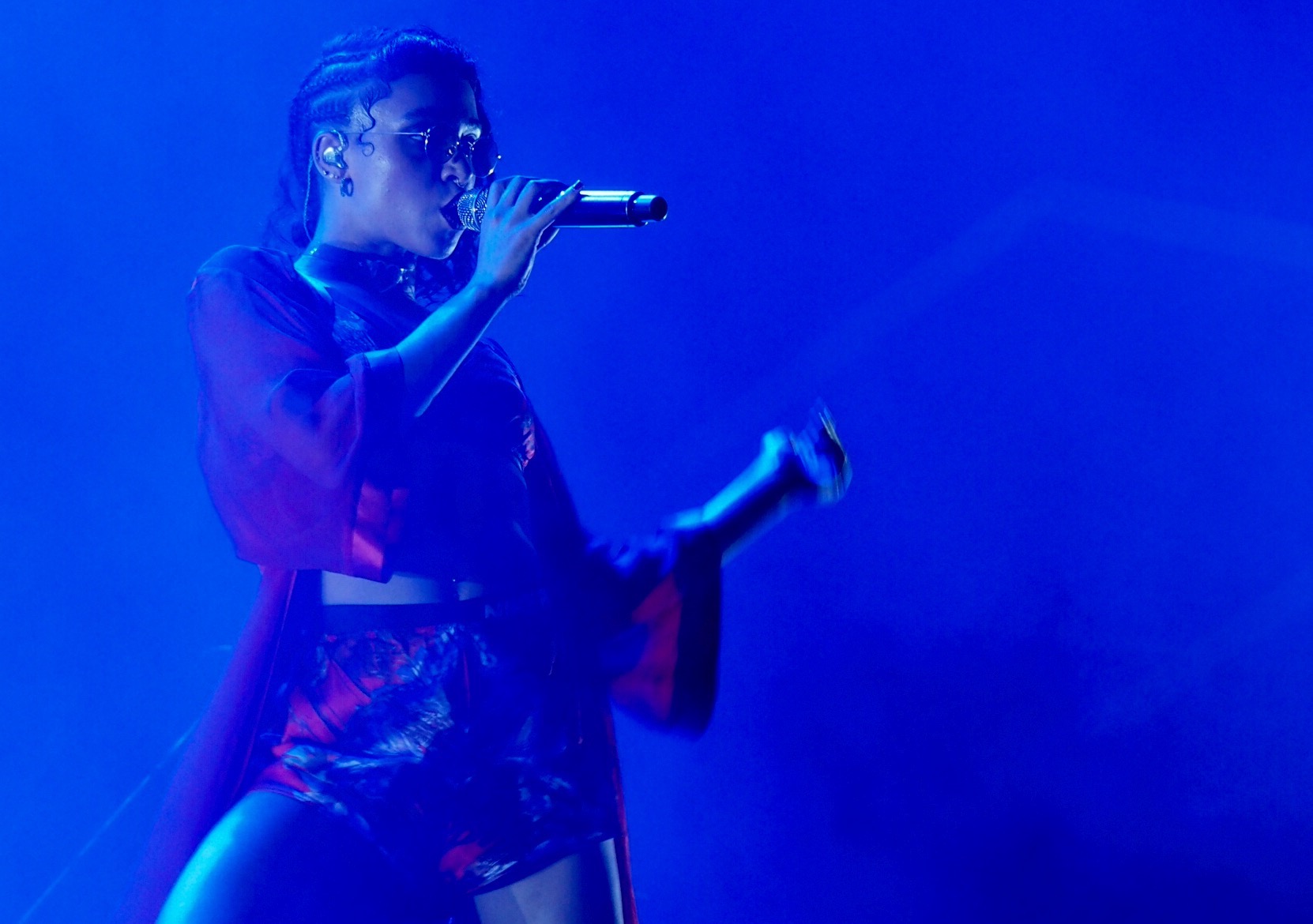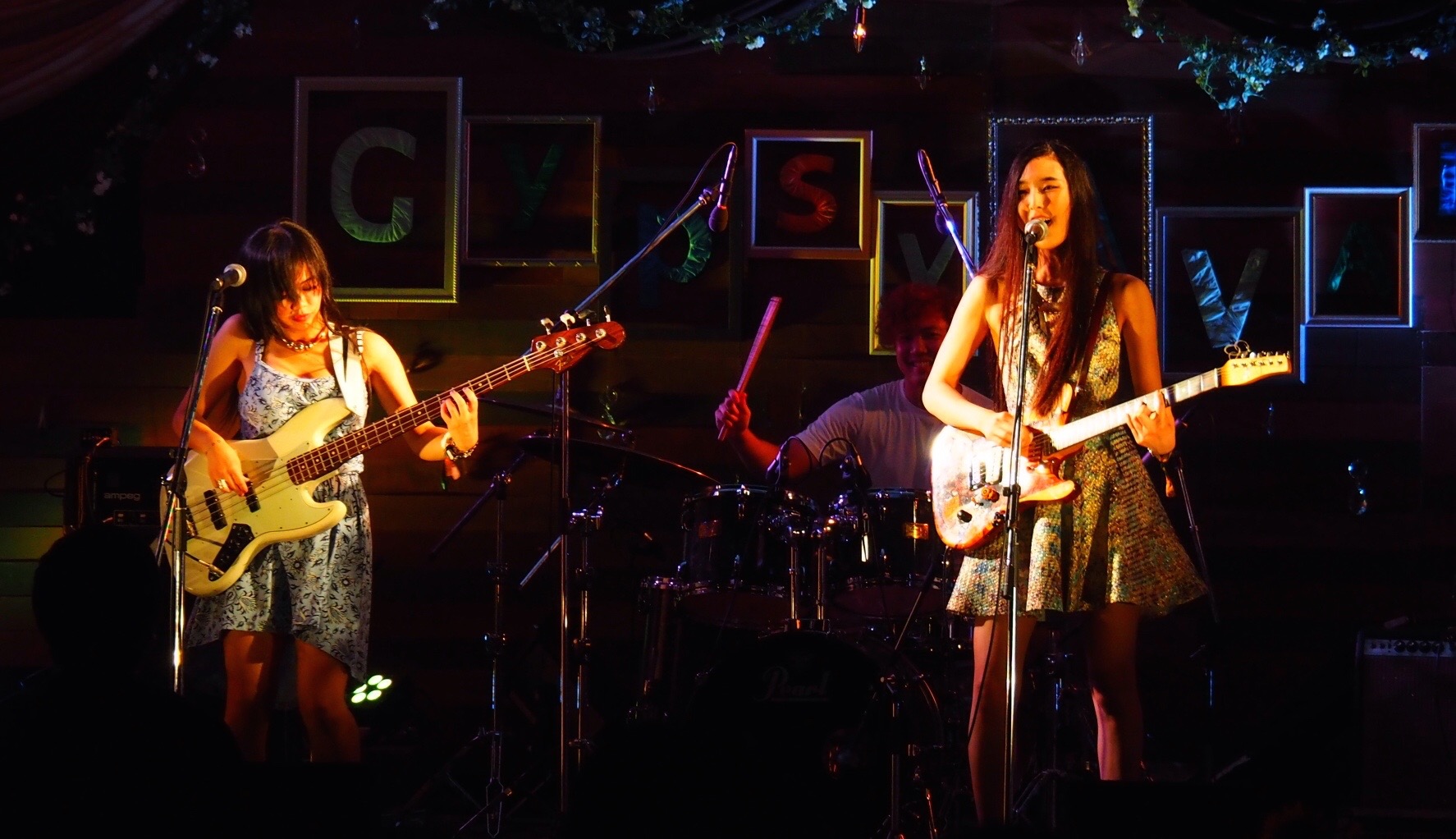Elvin Bishop: Rock will set you free, and it will also keep you dry
Jonathon Ng, the Irish singer-songwriter better known as Eden, was fifteen minutes late to his Red Marquee show, and then technical glitches delayed his first number by another five. It wasn’t an auspicious start, and so it was with some surprise that we noticed the place filling up quickly as his second song ended. The guy’s dark, one-man emo-flavored electronica has a certain morbid appeal, but we didn’t think it was magnetic.
And then we realized: It was raining. Pretty hard, too. Which means Eden was one of those chosen few blessed by what we like to call the “wet bonanza”: an automatic full house because people are getting in out of the downpour. As with most people who are visited by this blessing, he didn’t notice it—or, if he did, he didn’t acknowledge it, and, in fact, seemed pretty stoked by the size of the crowd. All his trespasses were forgiven.
Consequently, it took us a while to get out of the Marquee, what with all the bodies, and we wanted to get over to the Green Stage to see the Route 17 Rock and Roll Orchestra, a collection of studio and touring vets who have played Fuji before, usually in a revue style. Today, in the middle of a rainstorm they were featuring four big guest stars, and, miraculously, as soon as the first one, Tortoise Matsumoto, lead singer of Ulfuls, came out in a snazzy maroon suit, the rain stopped. We were thankful for that, not the suit or, for that matter, his earnest versions of American soul music, but the fact that he stopped the rain.

It was guaranteed kitsch, with a trio of dancing girls/backup singers dressed in colorful lame gowns. When Matsumoto was finished, veteran guitarist Chabo Nikaido came out and did some standard rock-type songs. Even since his former musical partner, Kiyoshiro, died he’s been trying to get his job as the unofficial mayor of Fuji Rock, and so he did a nice version of Kiyoshiro’s biggest hit, “Daydream Believer” (Yes, the Monkees song). The girl singers then did their version of “Please Mr. Postman,” punctuated by an appearance by Jason Mayall as the titular mail carrier. To lend the festivities the proper entertainment gravitas, DJ Chris Peppler came out to introduce Elvin Bishop, who looked as if he’d just rolled out of bed. He did a few blues and his one hit, “Fooled Around and Fell in Love,” which was sung by the black guy in an Oakland Athletics shirt who did a pretty amazing imitation of Mickey Thomas and was the best thing about the whole set. It wasn’t until he left the stage that we learned his name: Willie Jordan.

But the big name of the afternoon was the “wakadaisho” (young general) himself, Yuzo Kayama, who’s pushing 80. Kayama was one of the biggest movie stars of the 60s, but before he was an actor he was known as a guitarist in the Ventures digga-digga-digga-DON mode. He came out and played two instrumentals to prove he can still shred. He then did a passable version of a very good Elvis Presley song, “Blue Moon,” and then his big hit, whose title we can never remember, but it had the hold crowd waving and sniffling. Kayama couldn’t hide his age—his speaking voice is frailer than I remember it from TV—but he still looks good and thinks the kids are all right.
For the big finish, everyone returned to the stage for a version of “Johhny B. Goode” in tribute to Chuck Berry, who died earlier this year. It was obviously a rush job: Chris Peppler contributed a verse but had to read lyrics off his wrist. Even Bishop seemed to be watching the Route 17 guitarist for the changes—doesn’t everybody know the chords to “Johnny B. Goode”? But it all ended on an up note, and it didn’t rain a drop.
(Text: Philip Brasor; photos: Mark Thompson)



